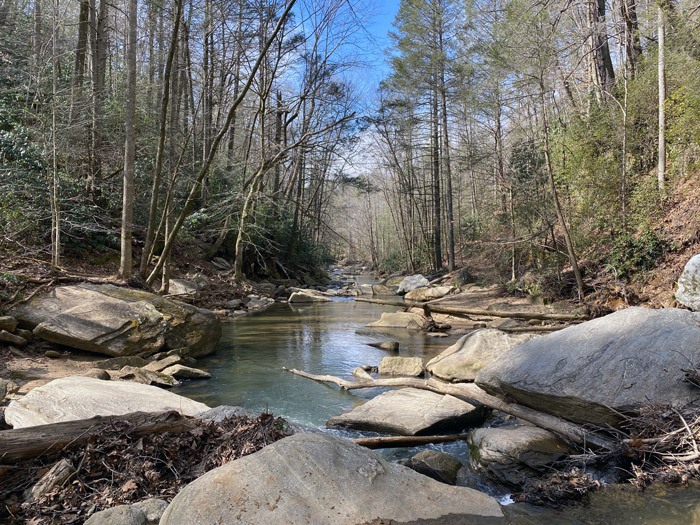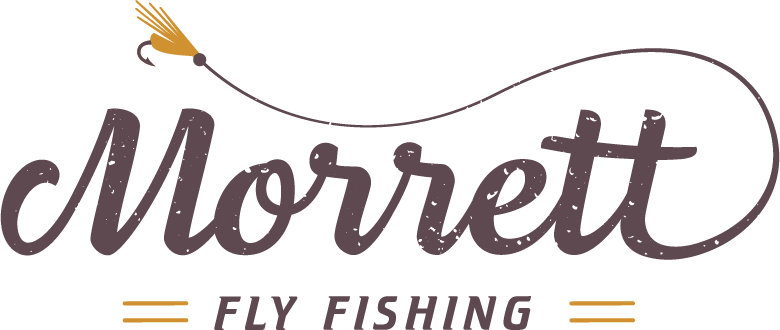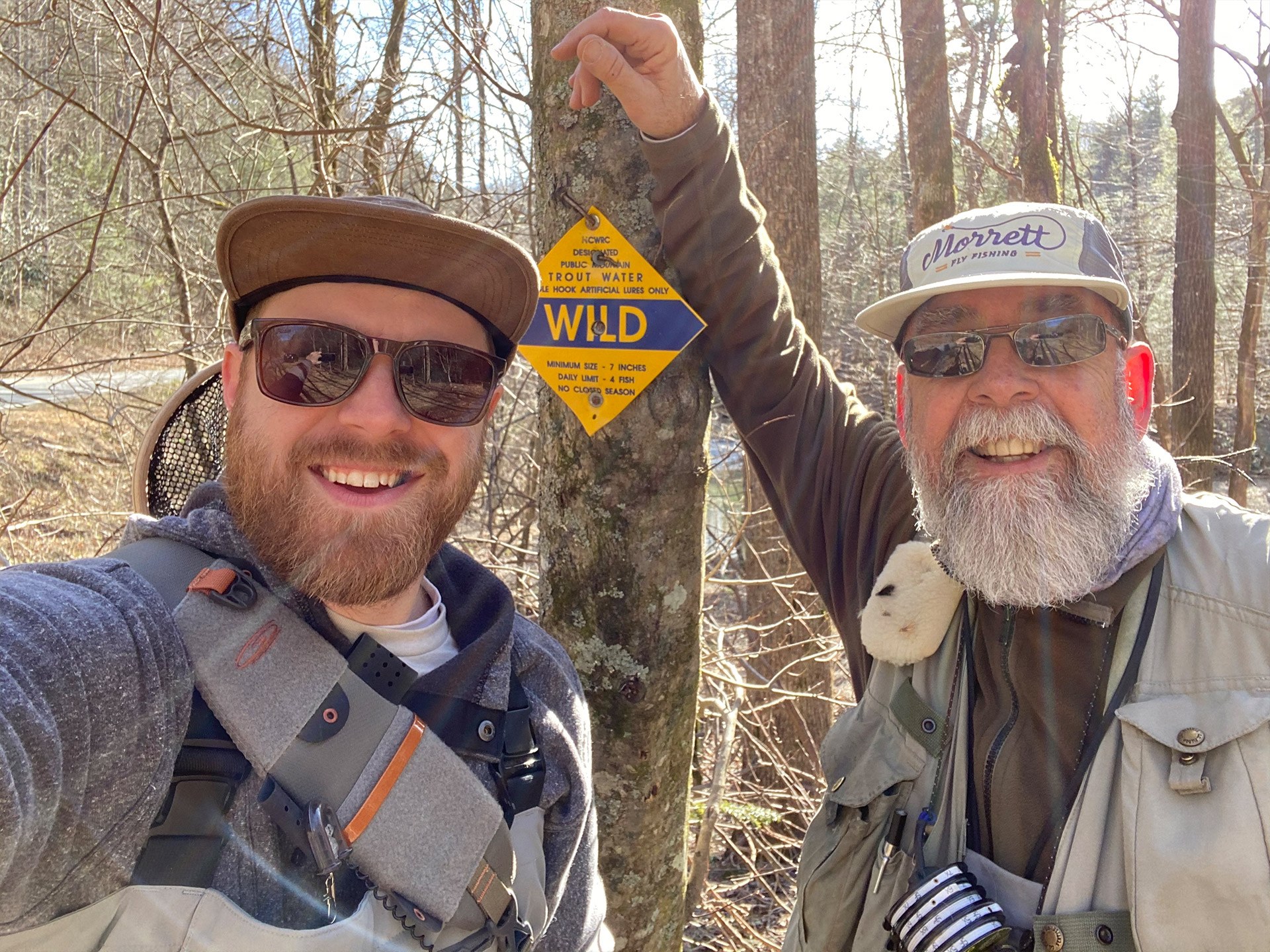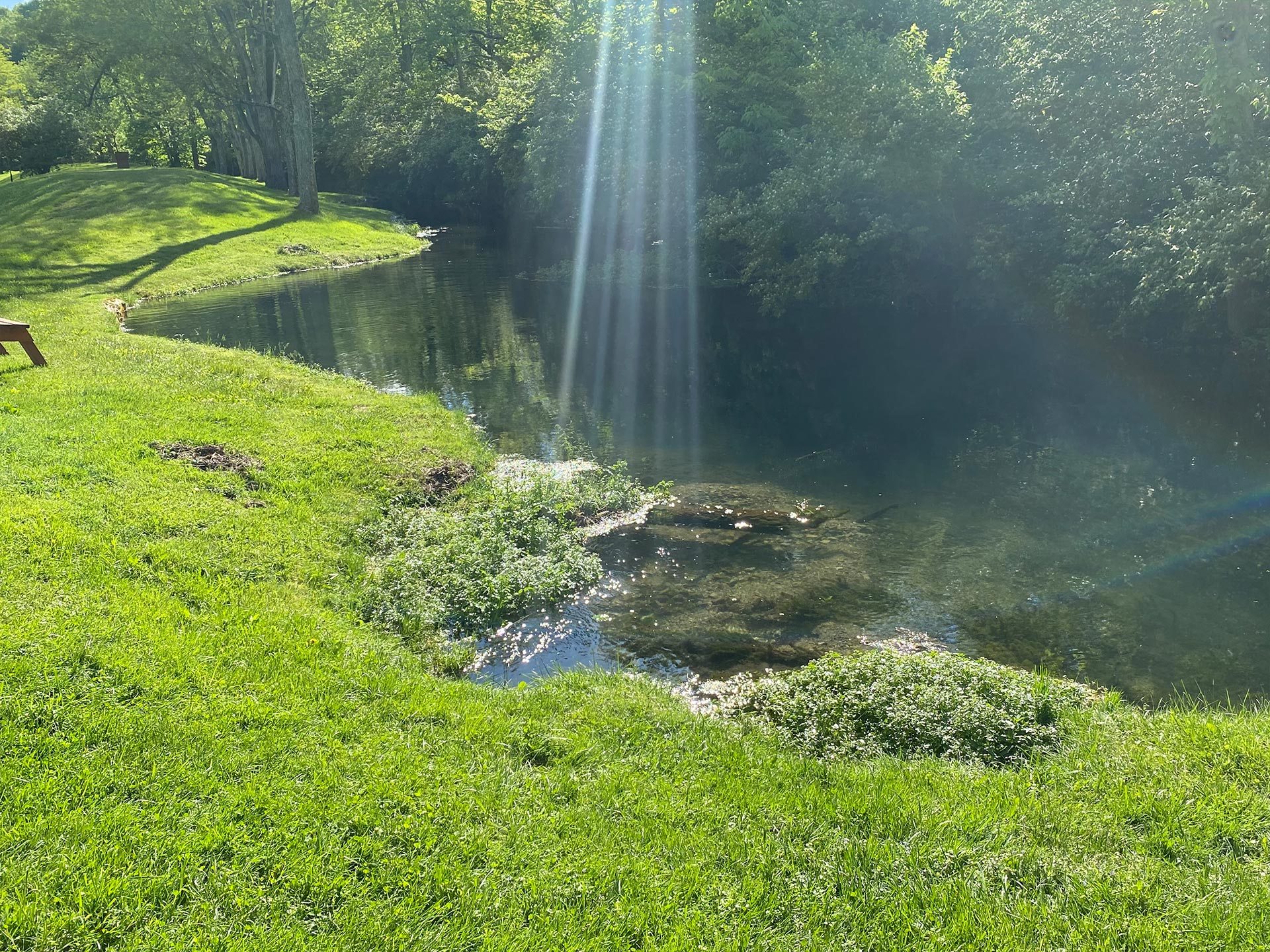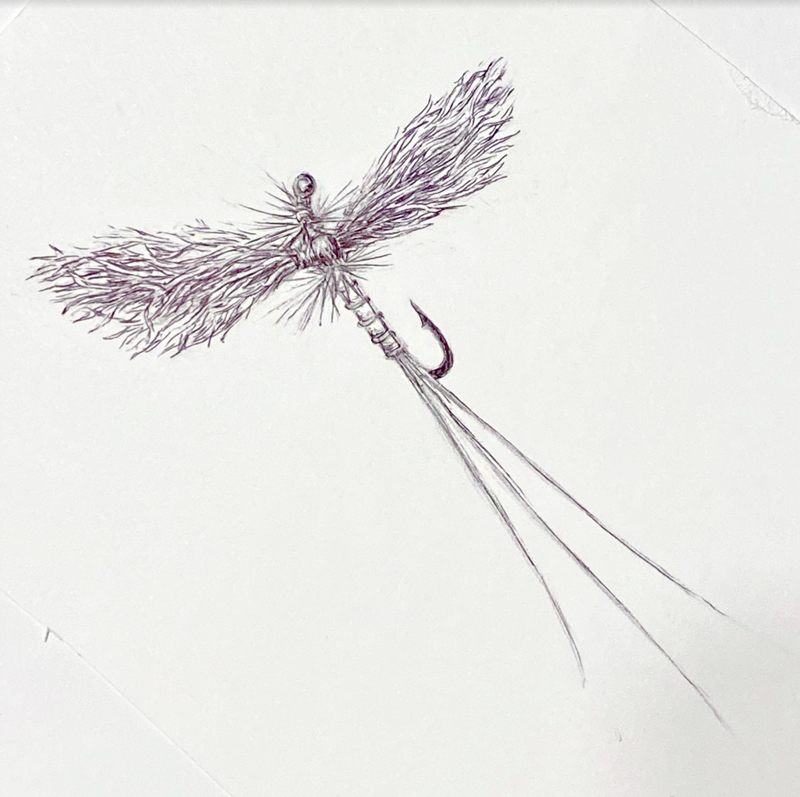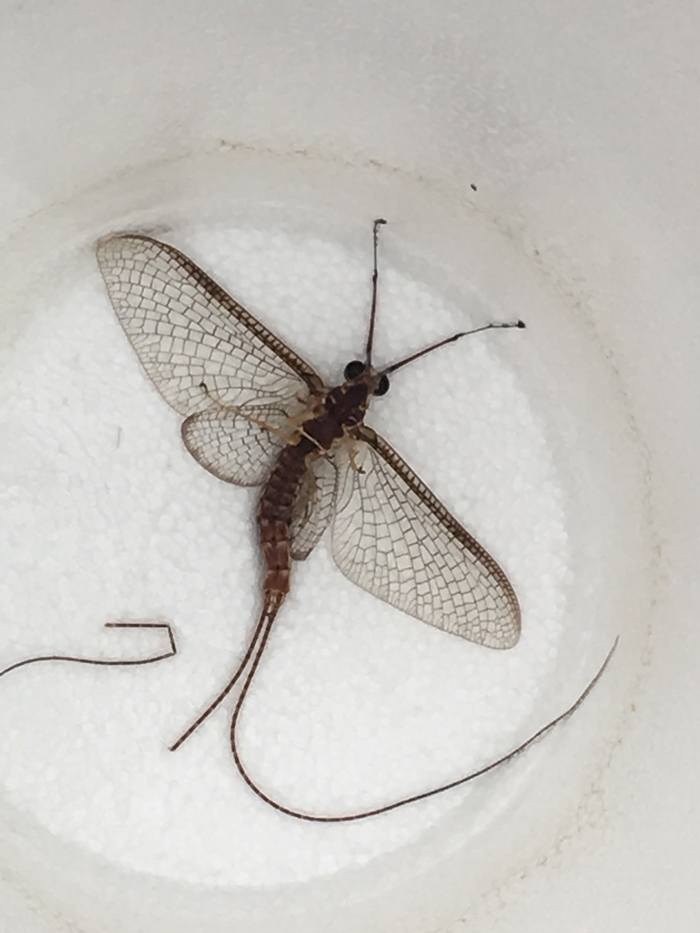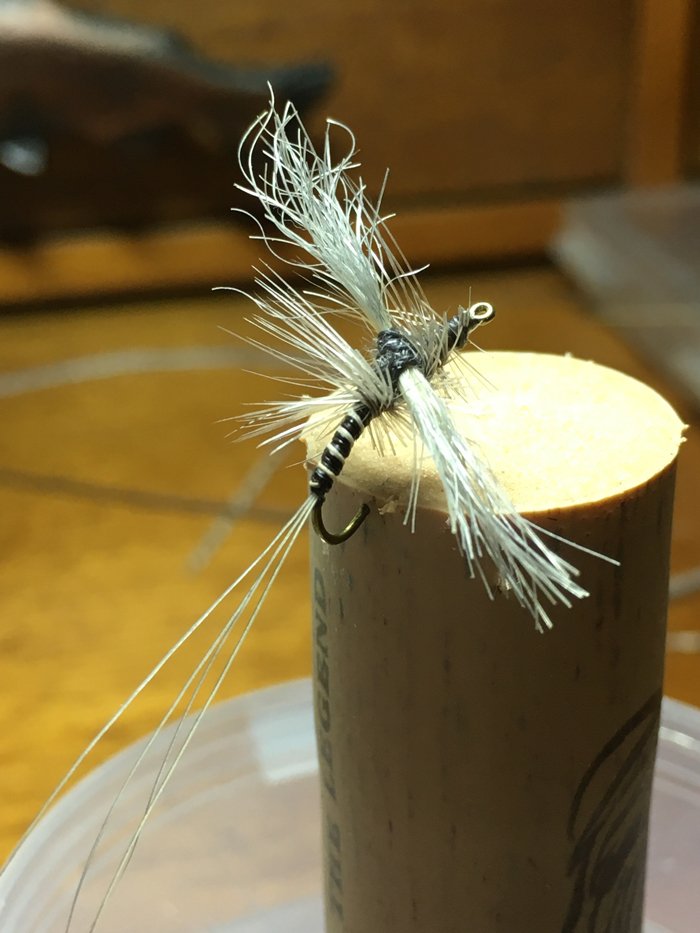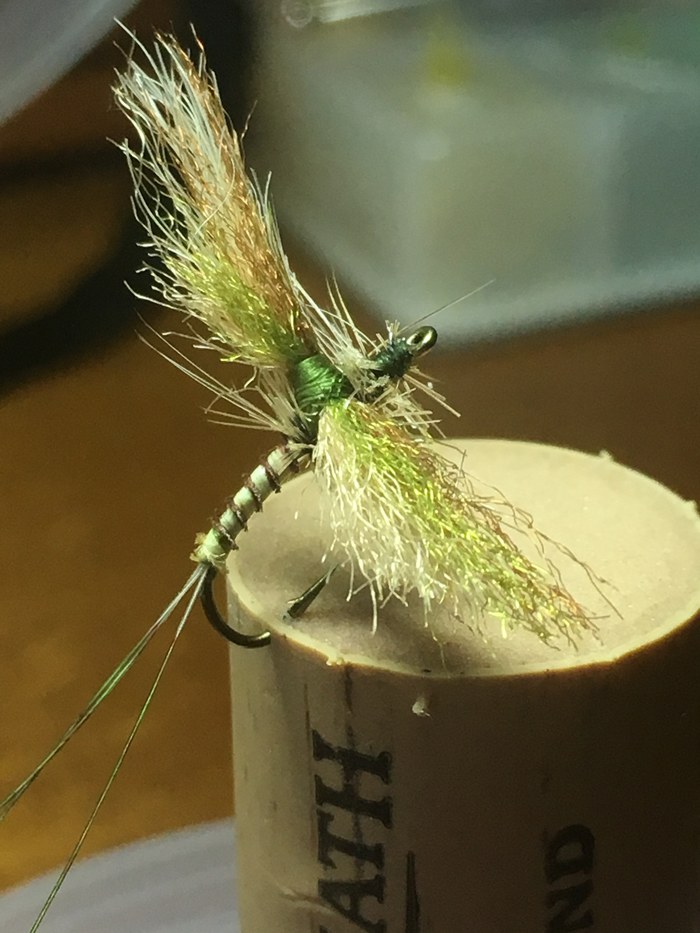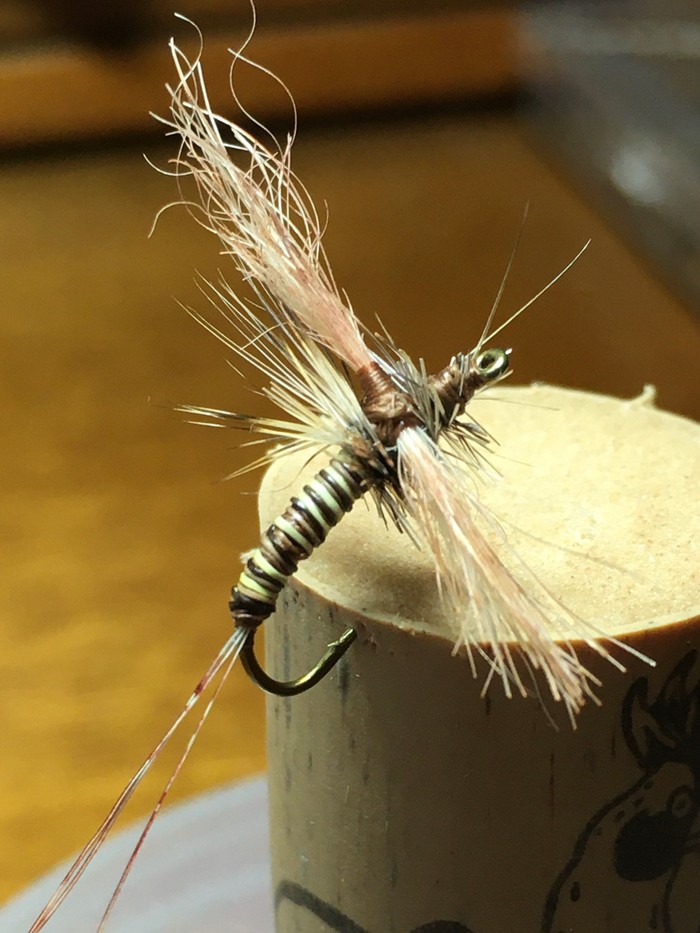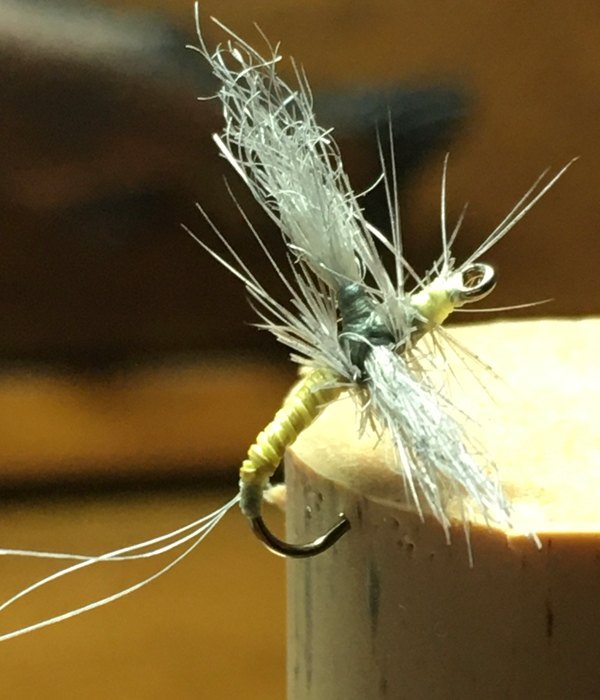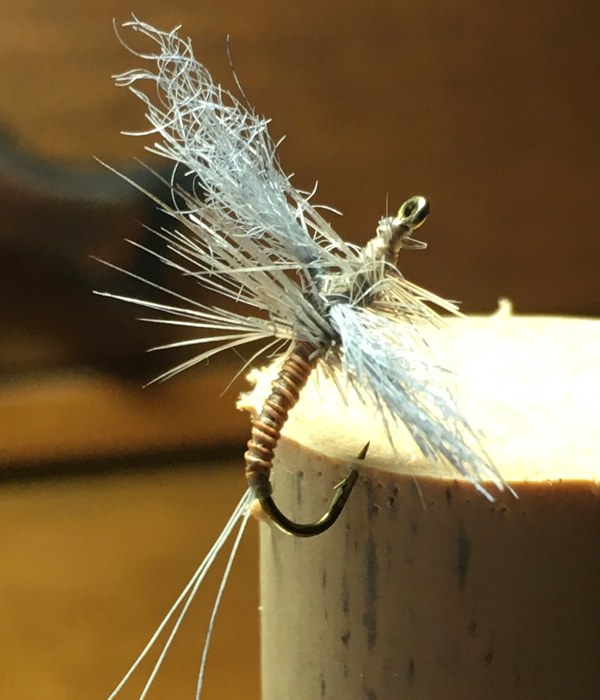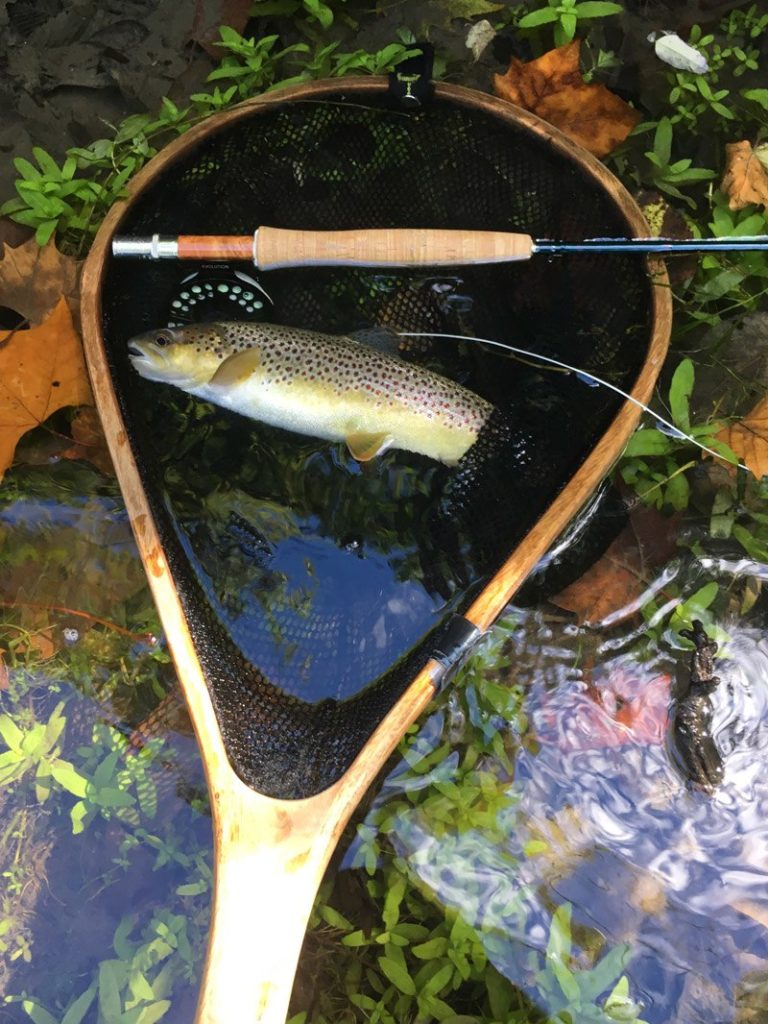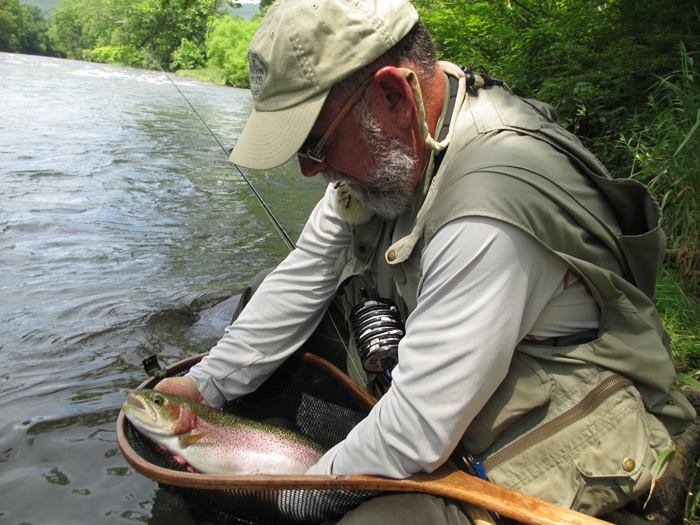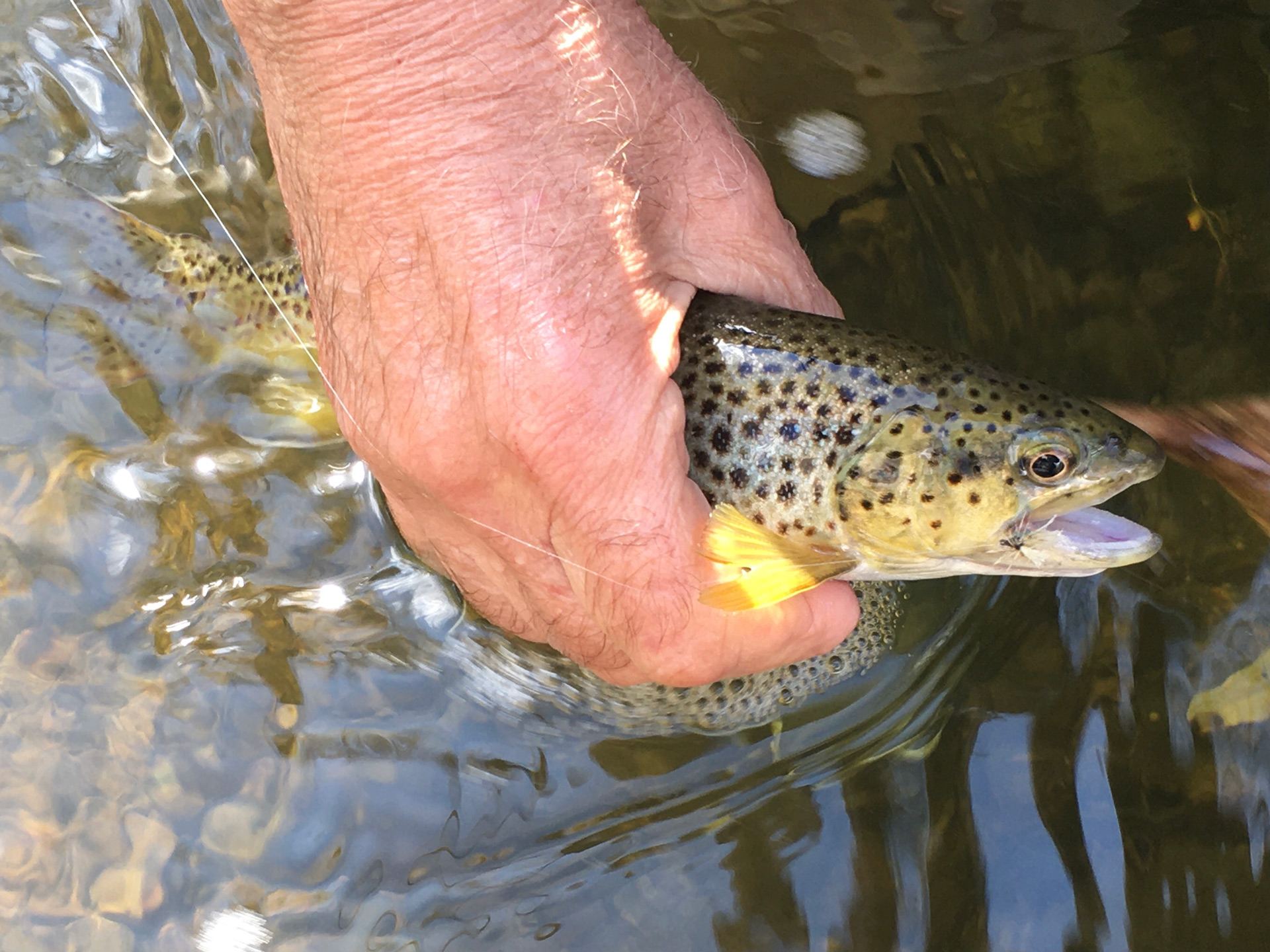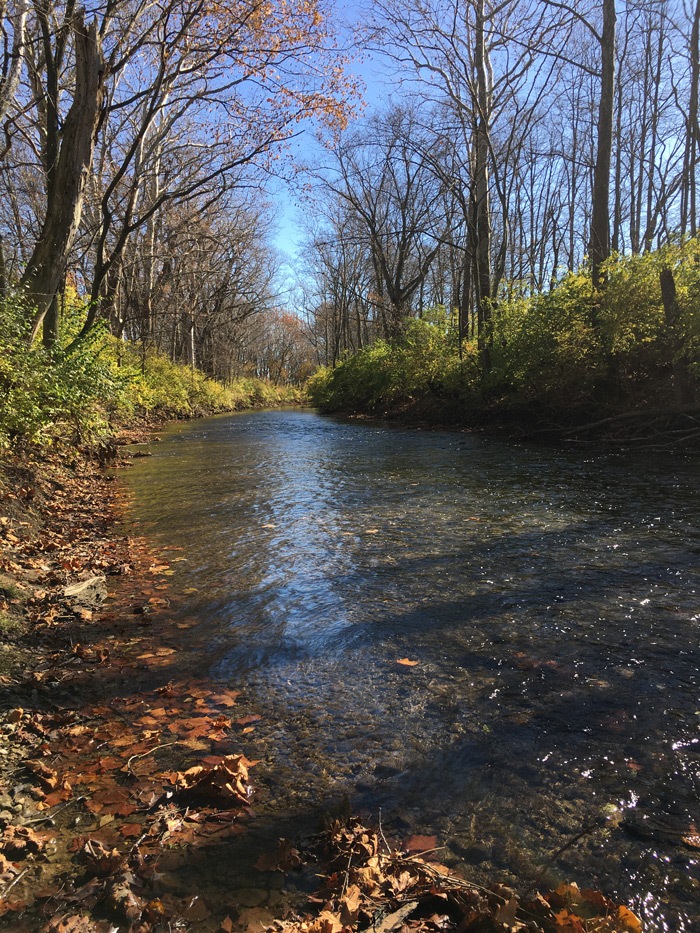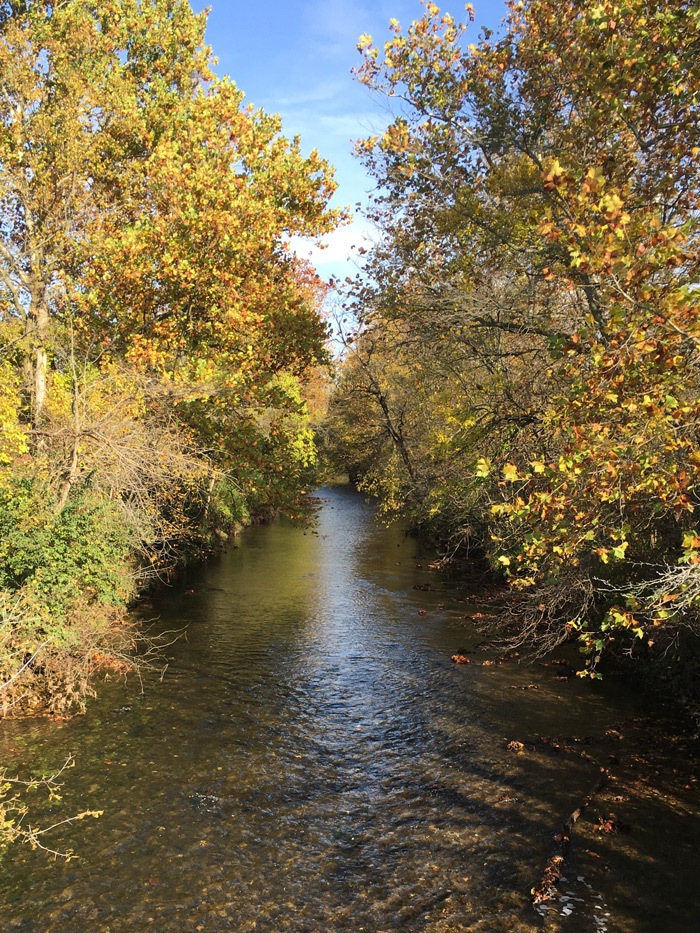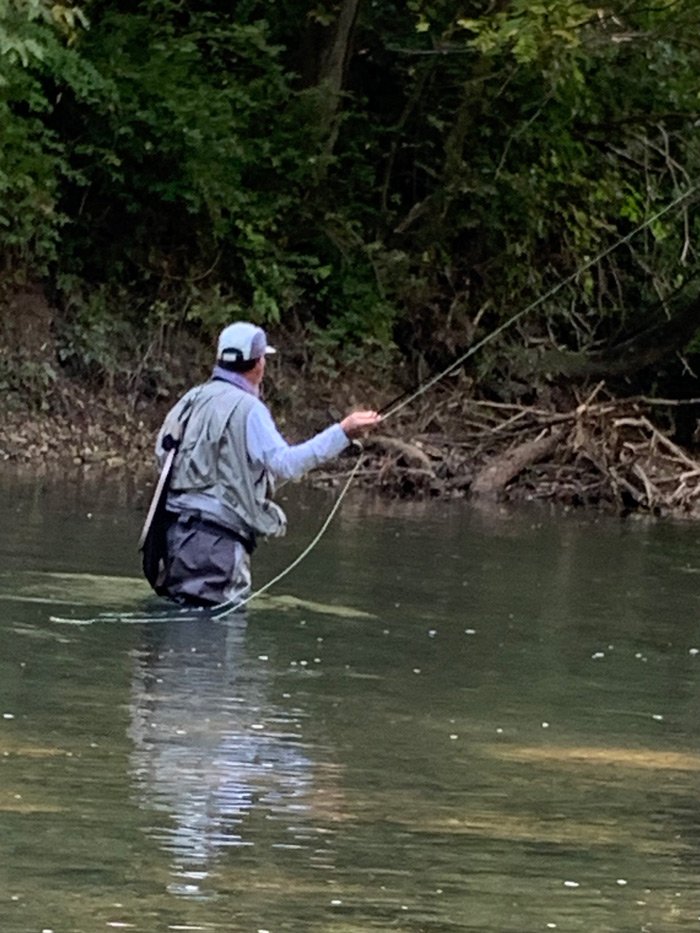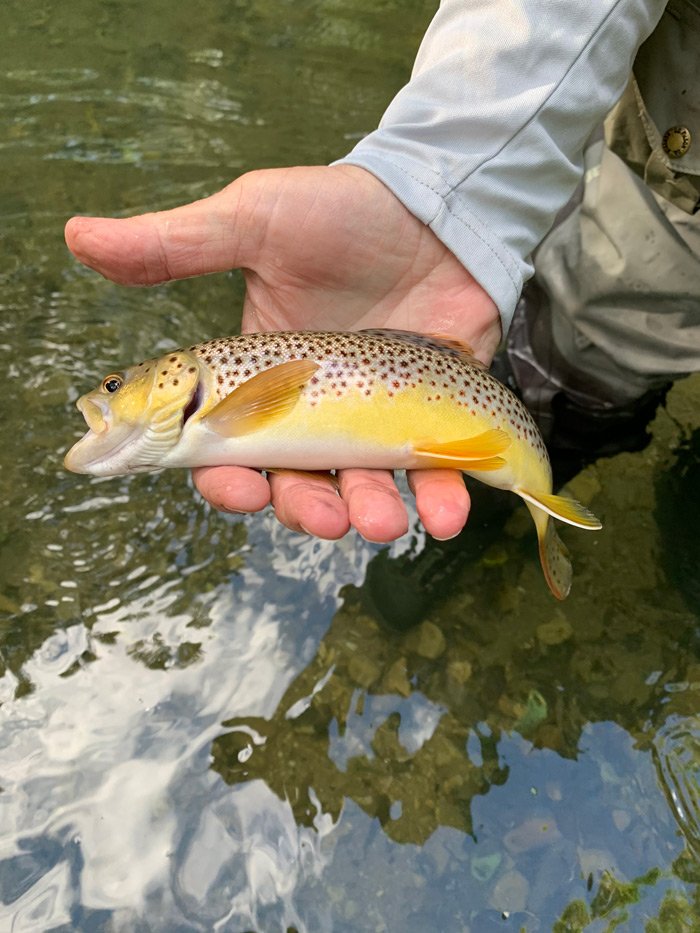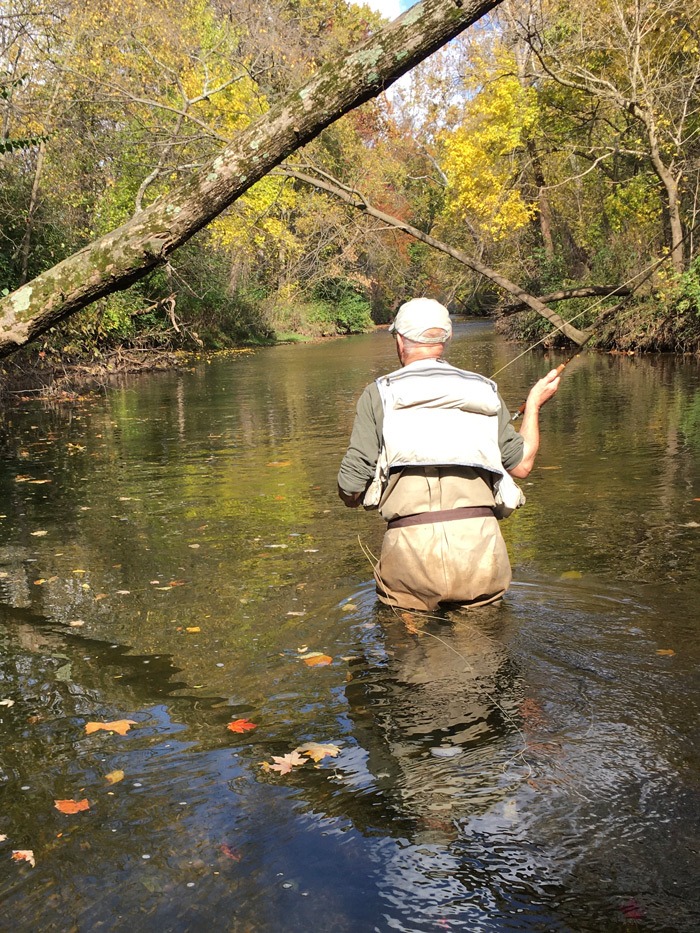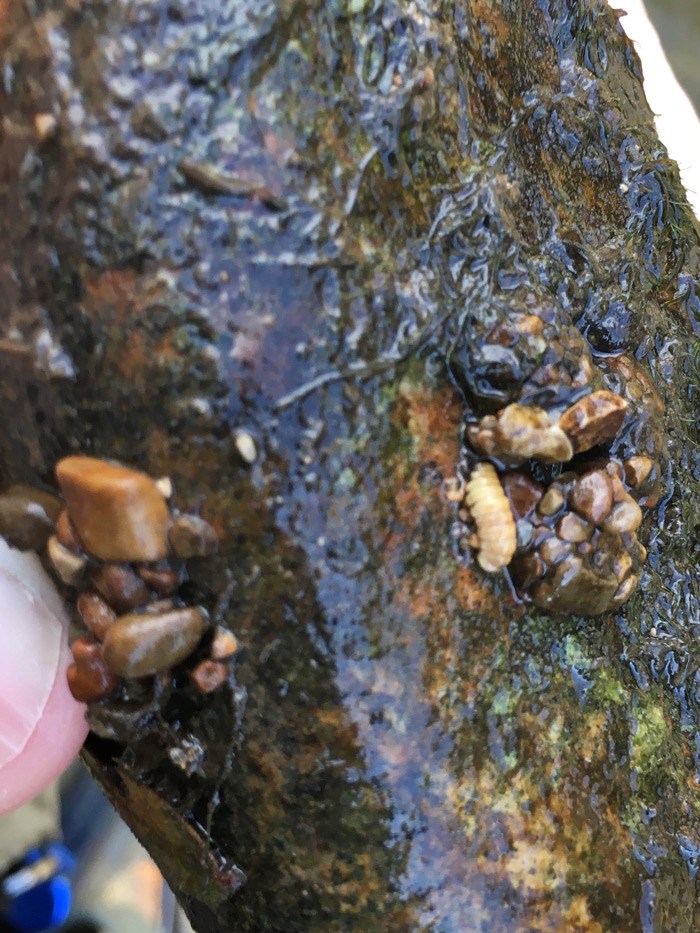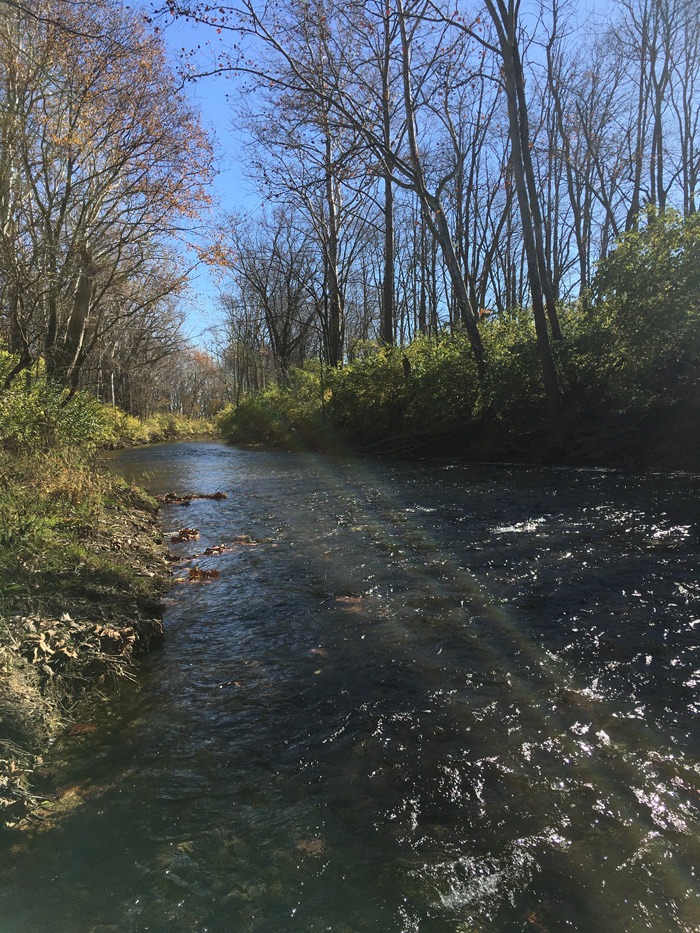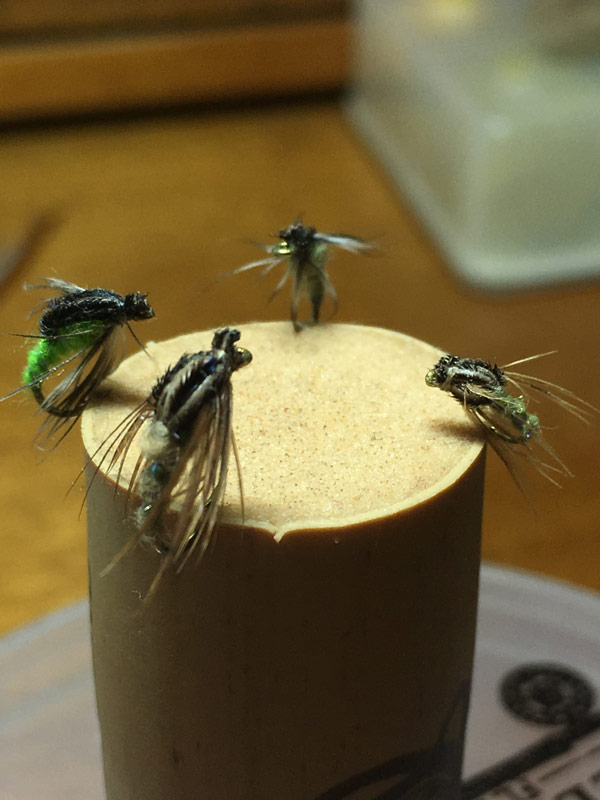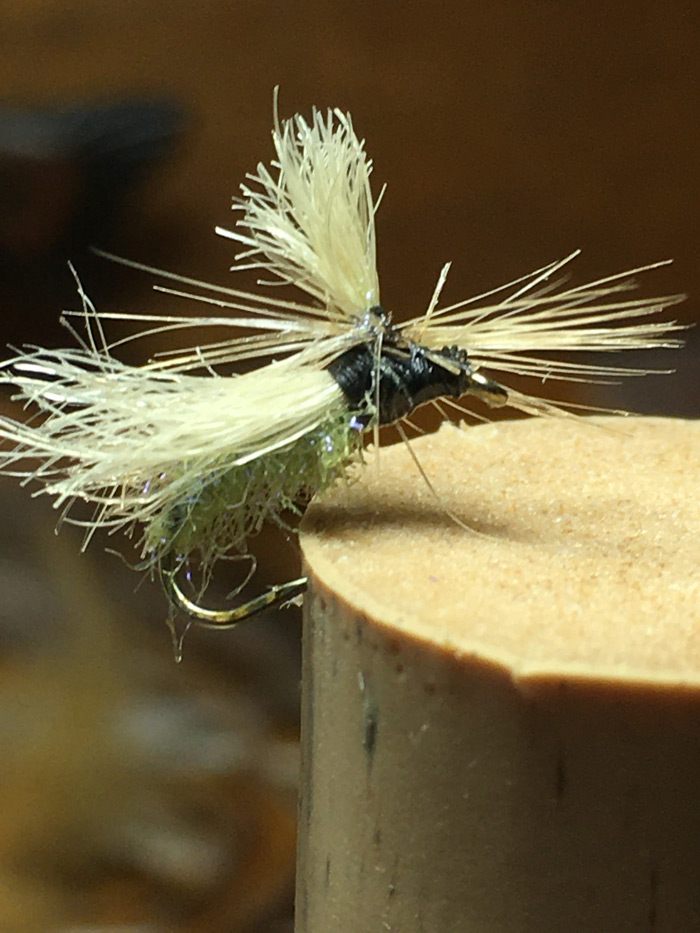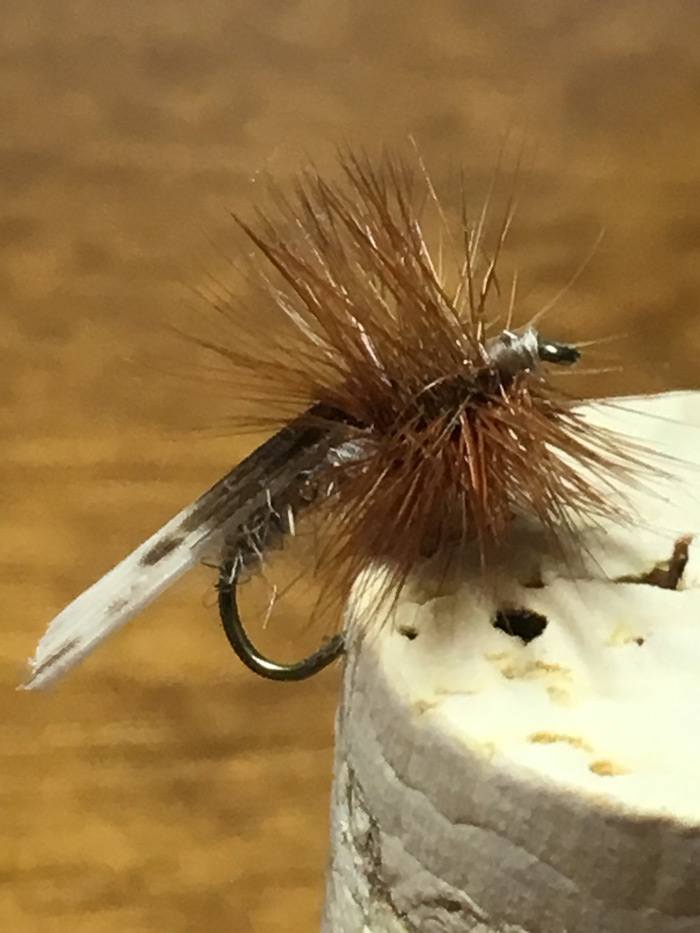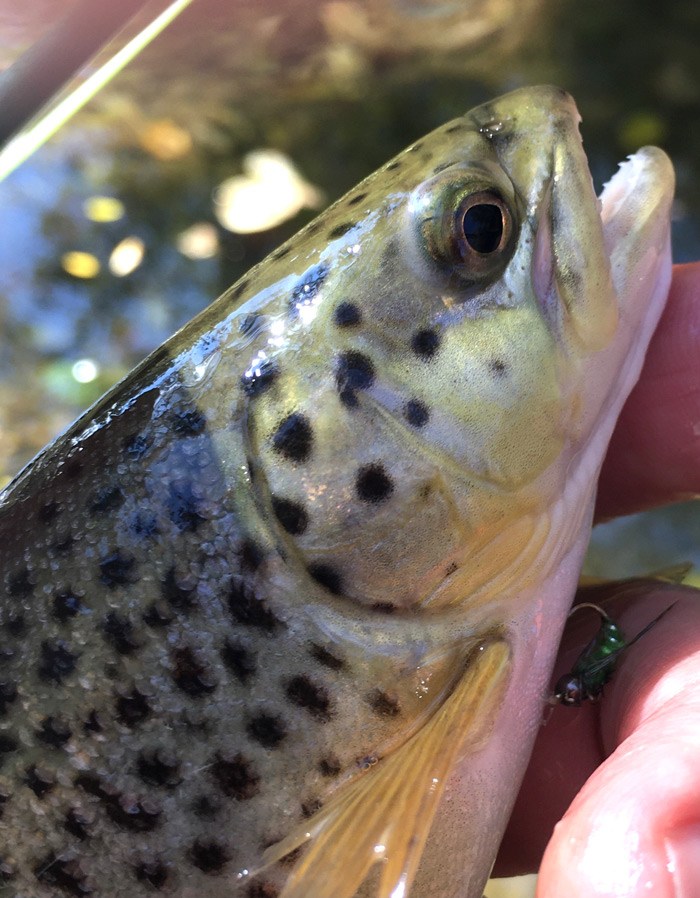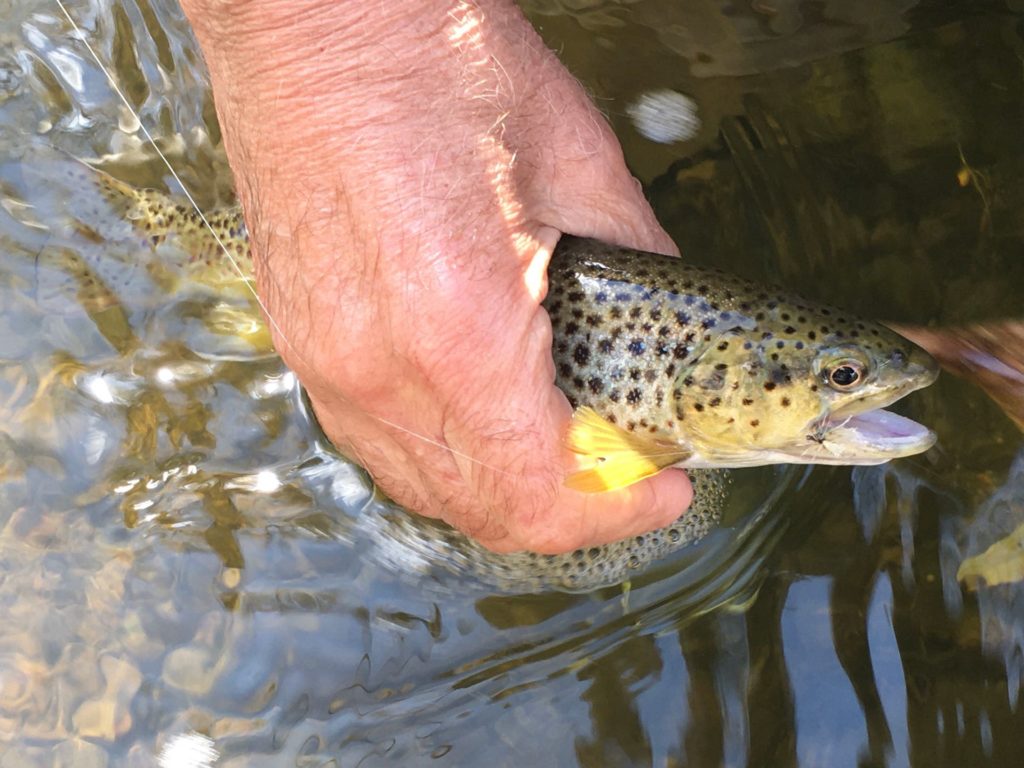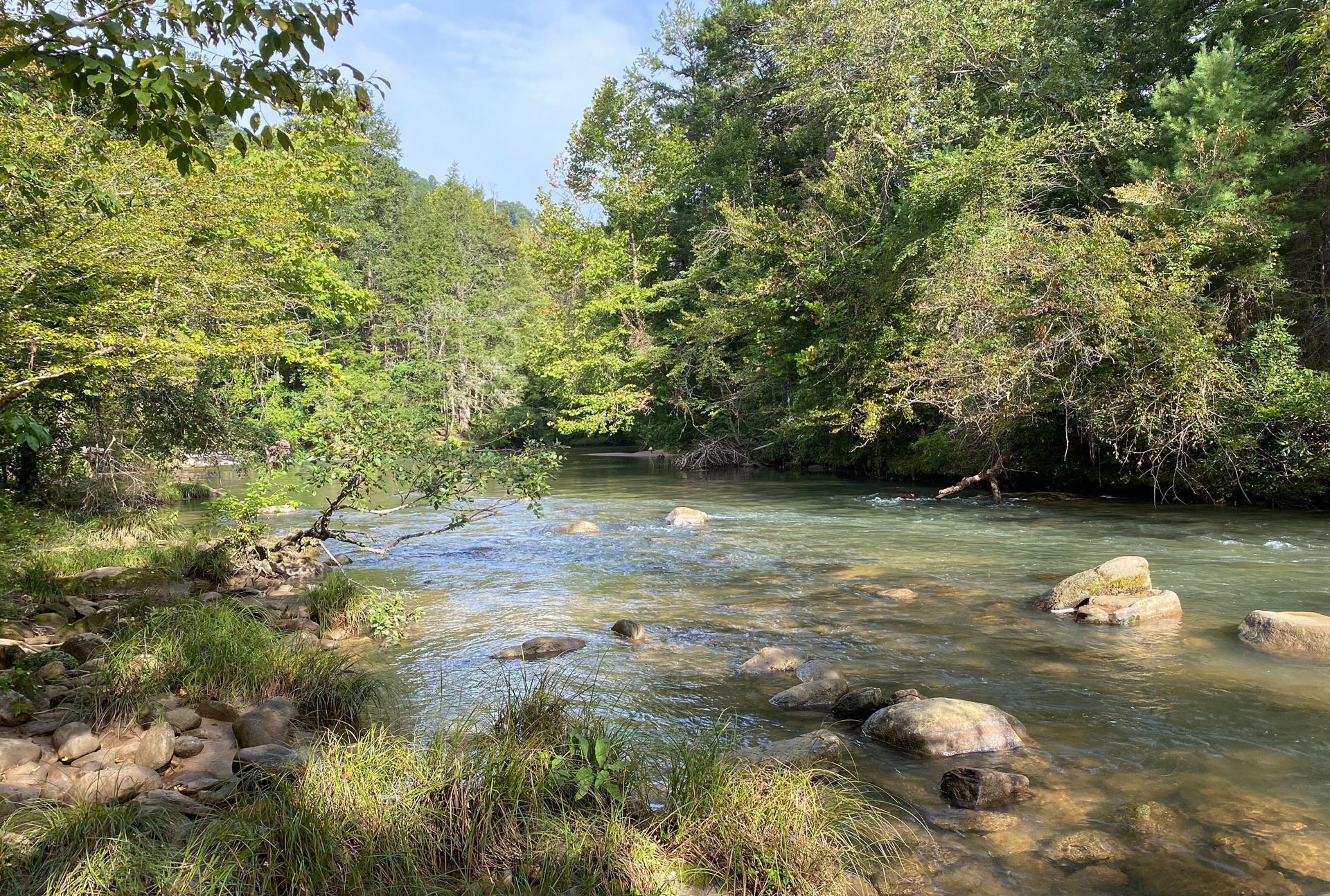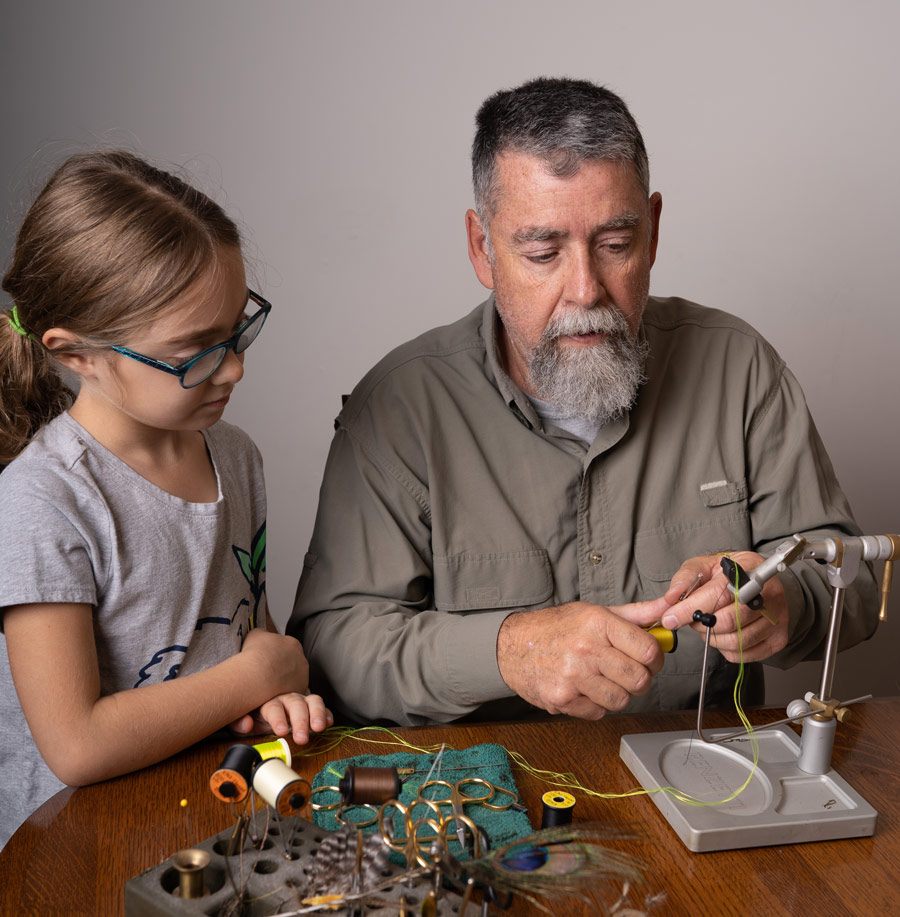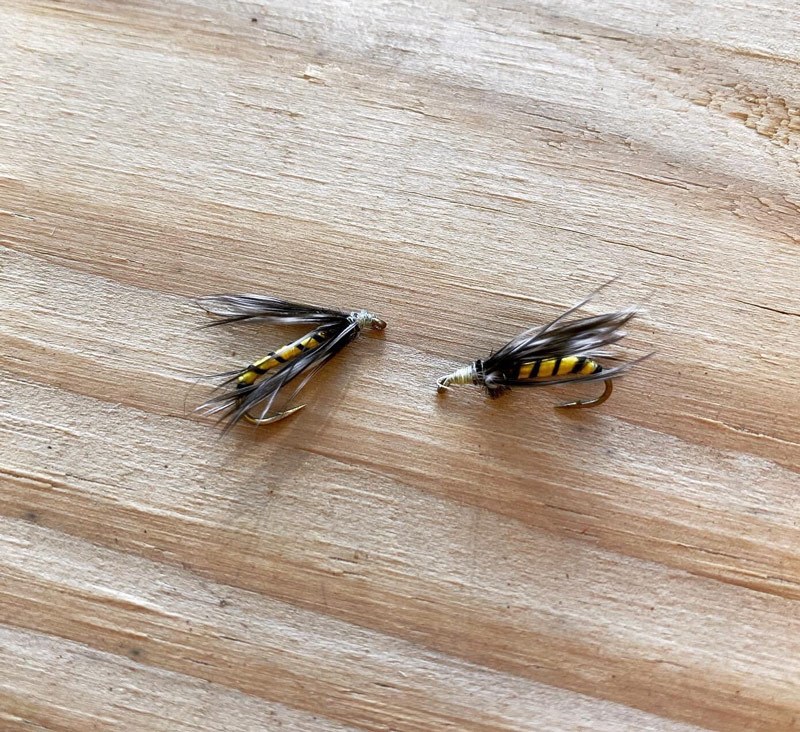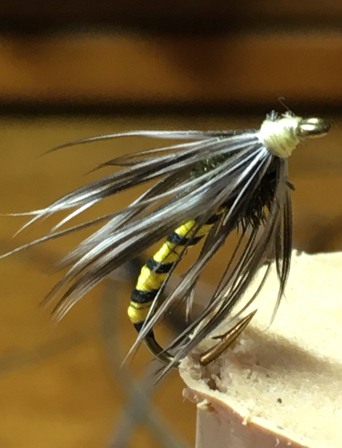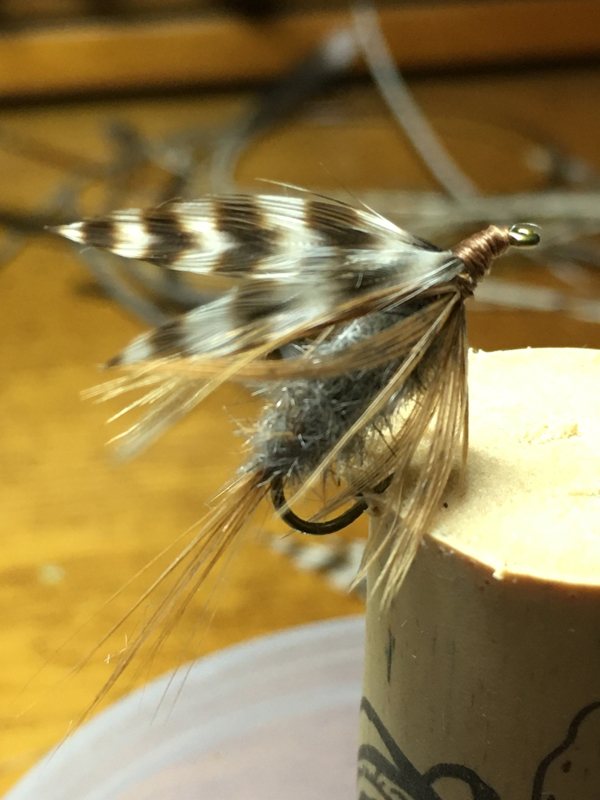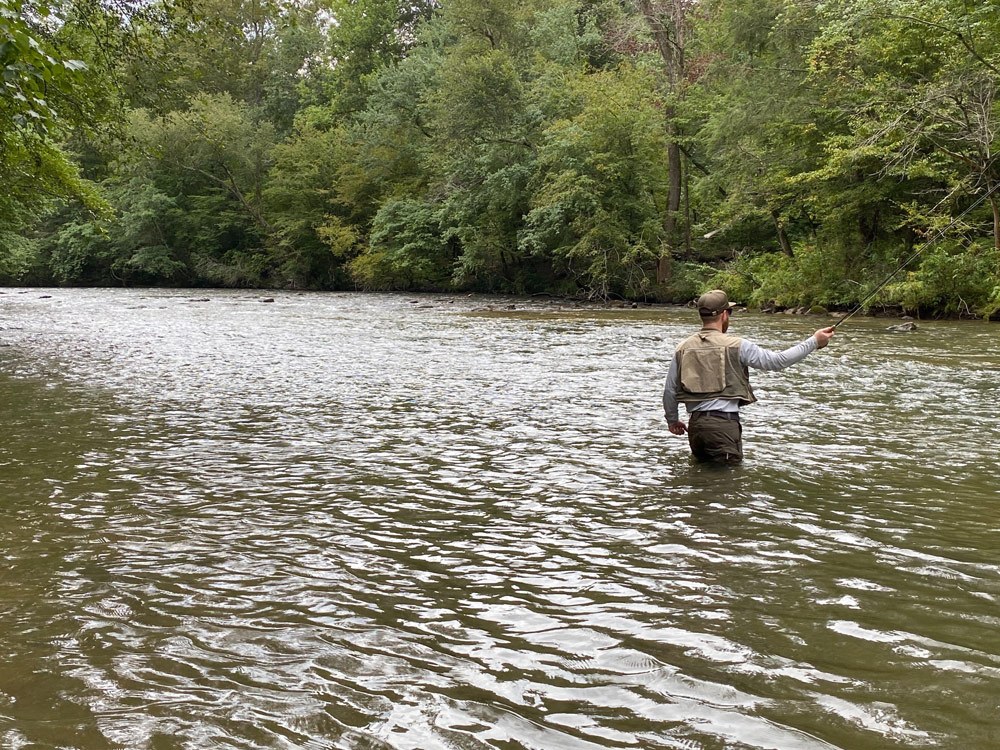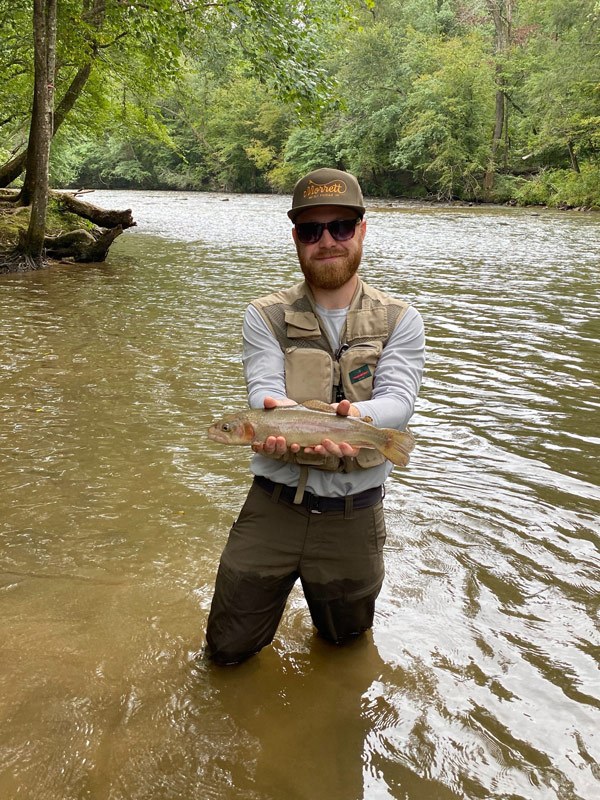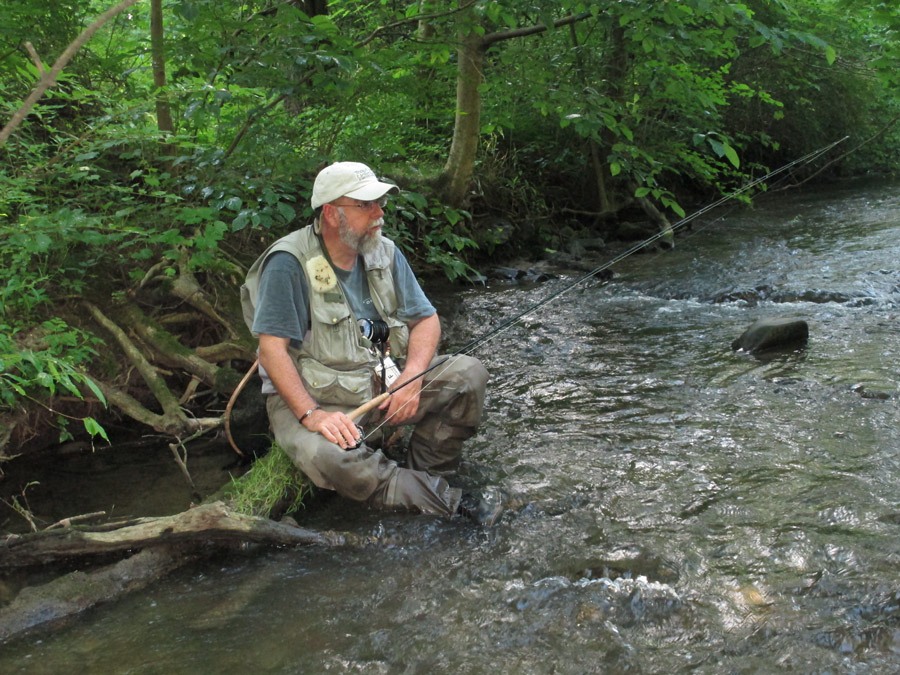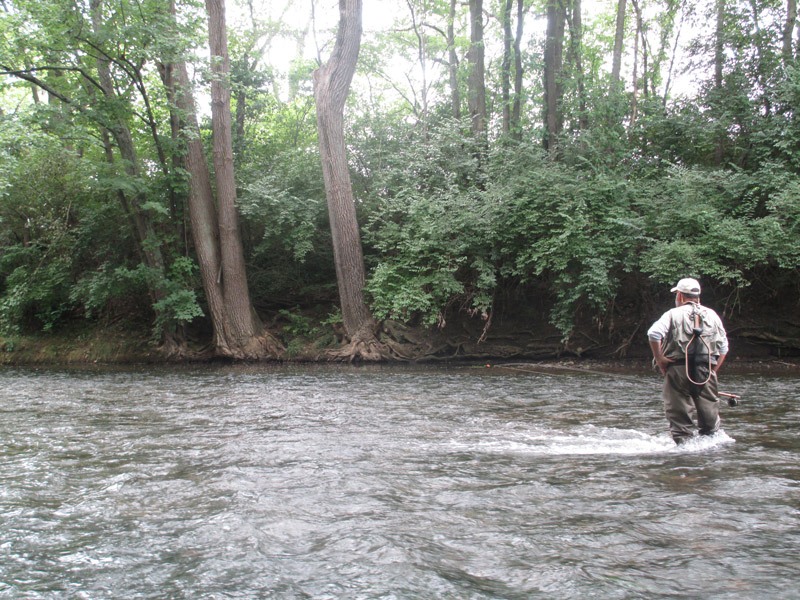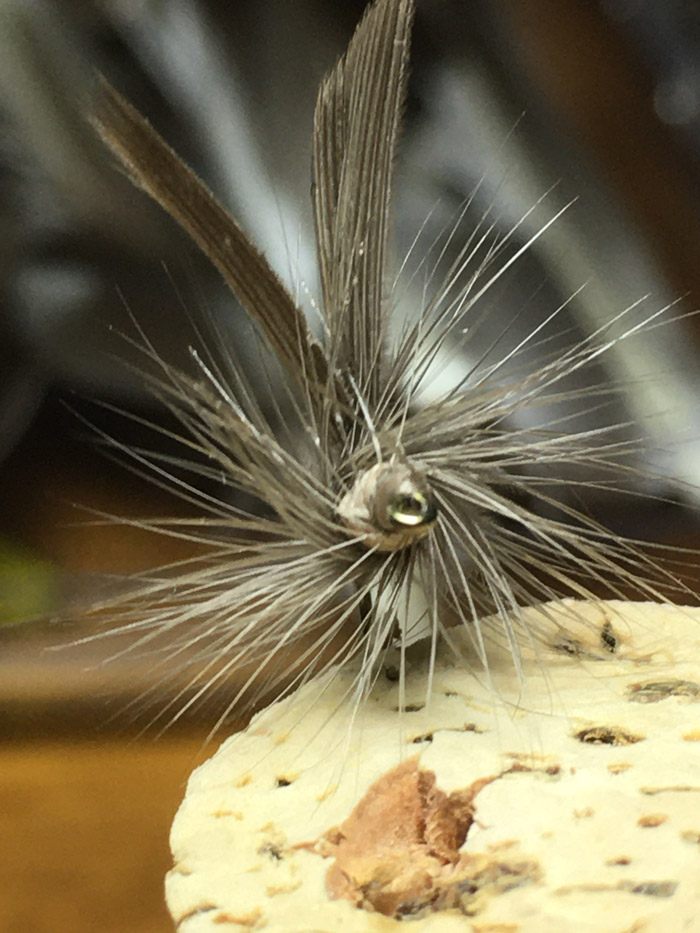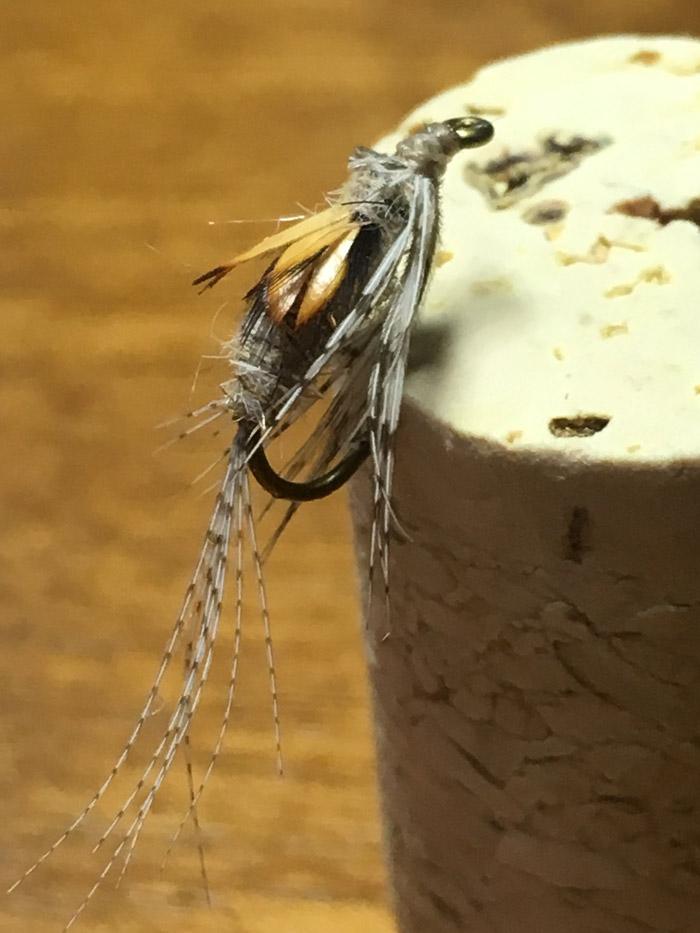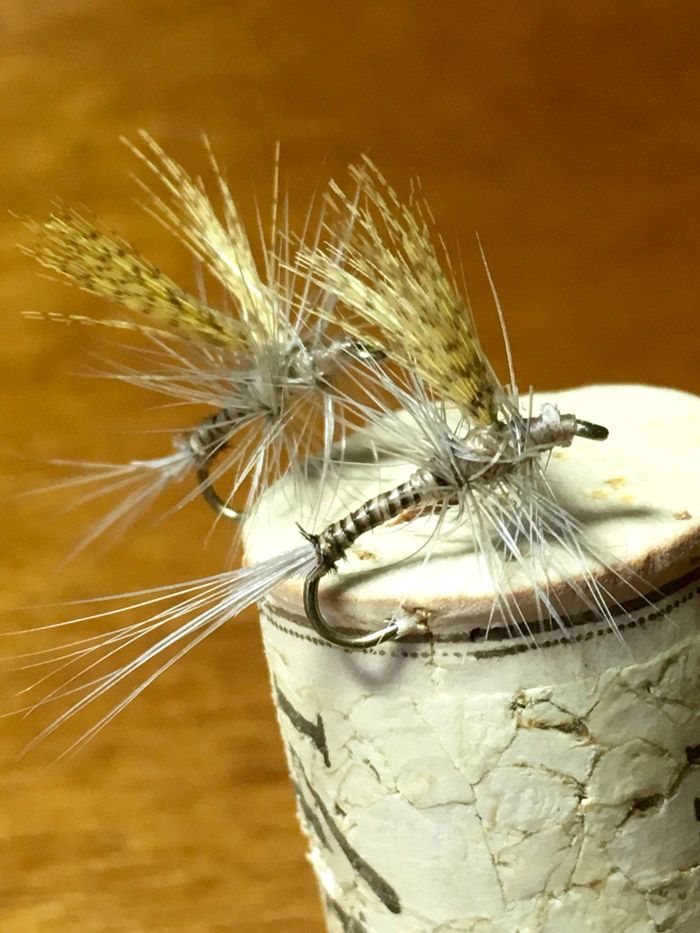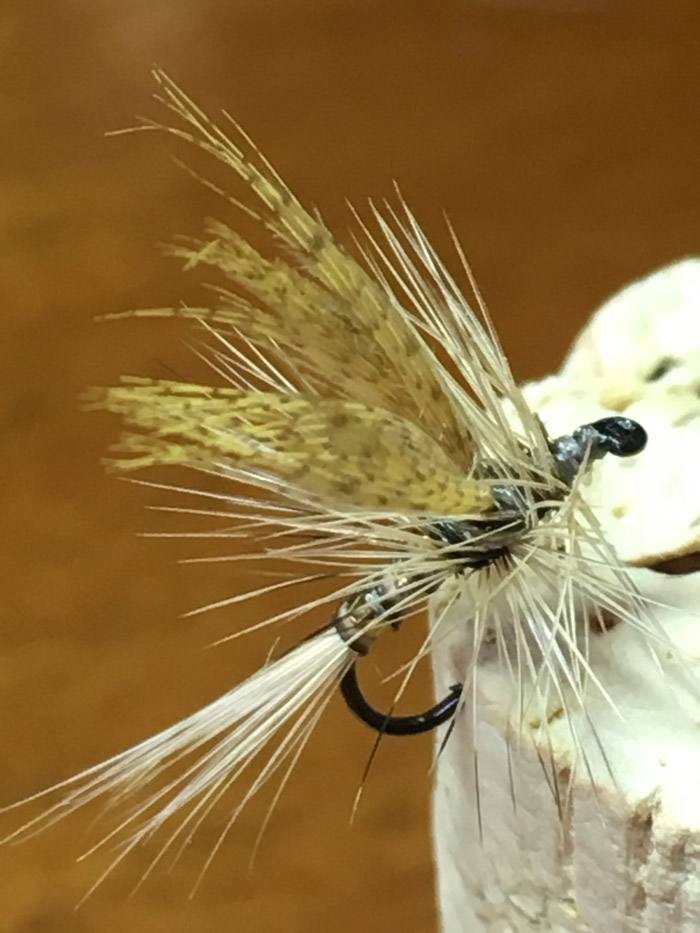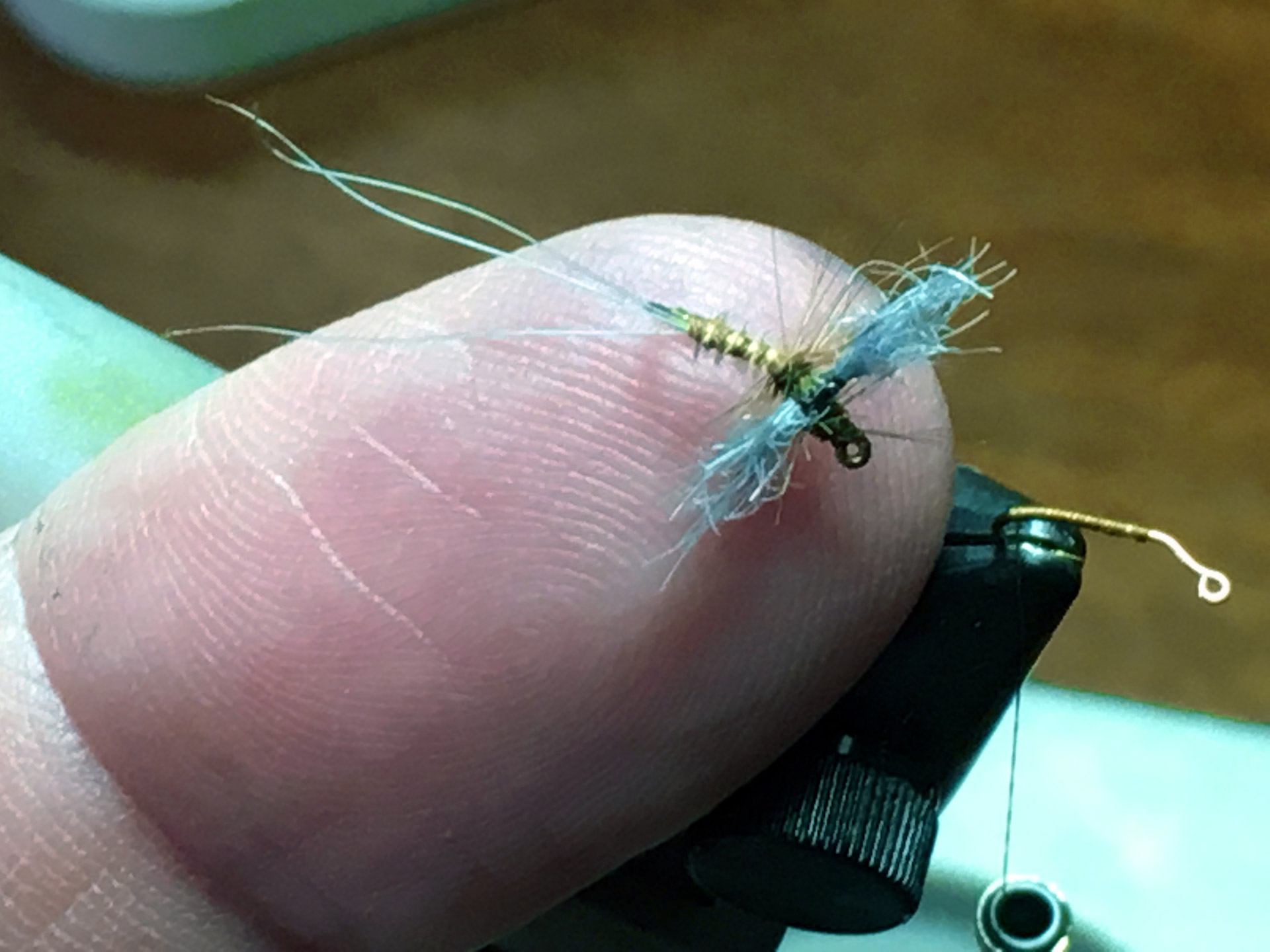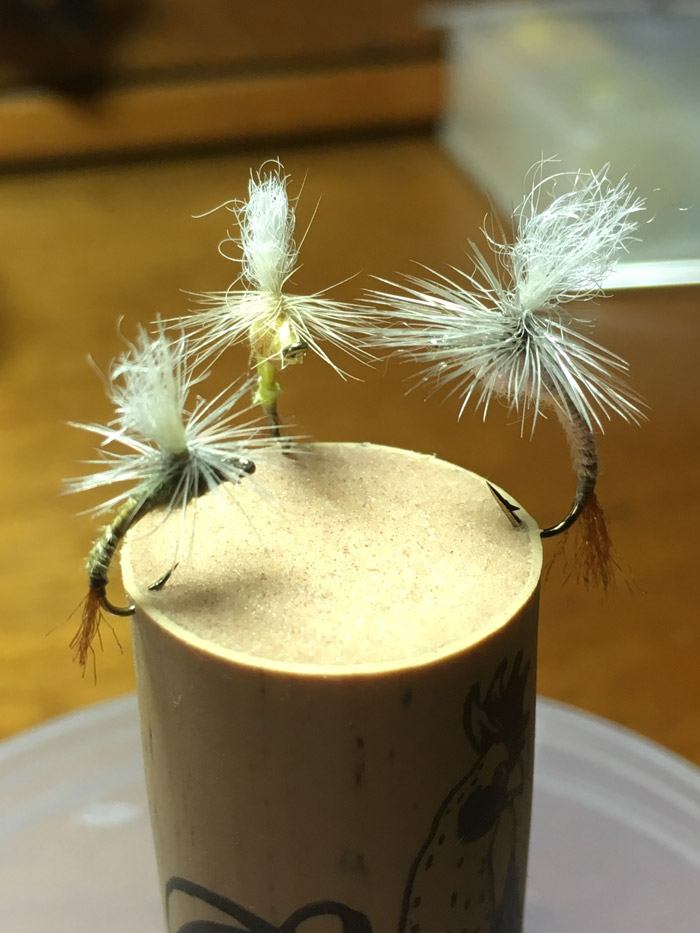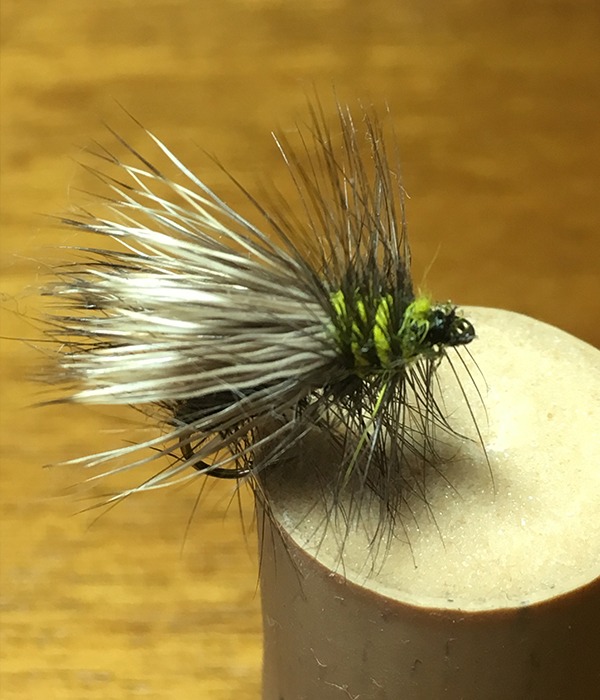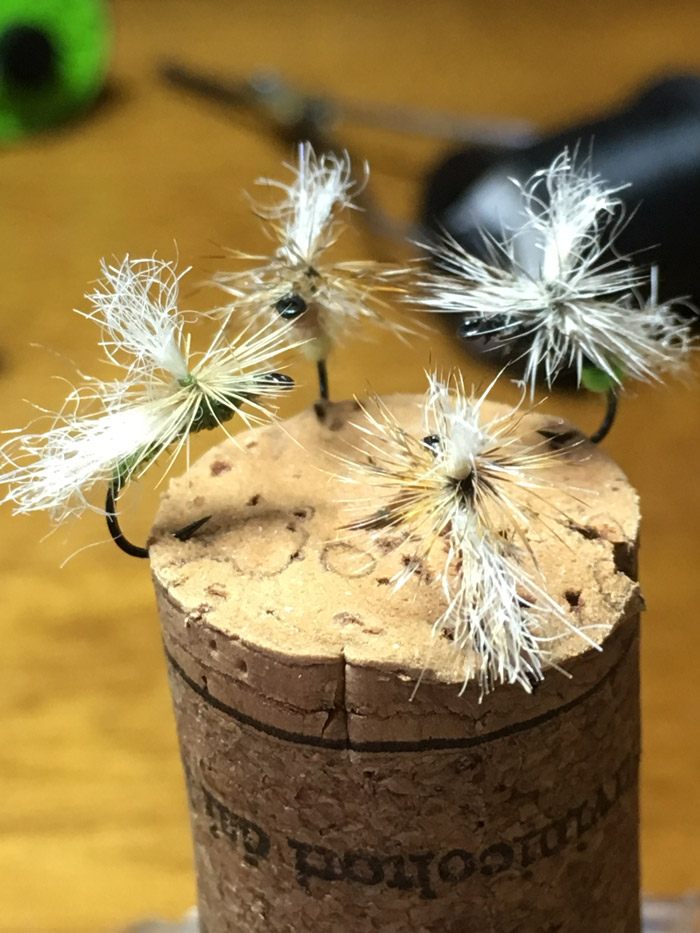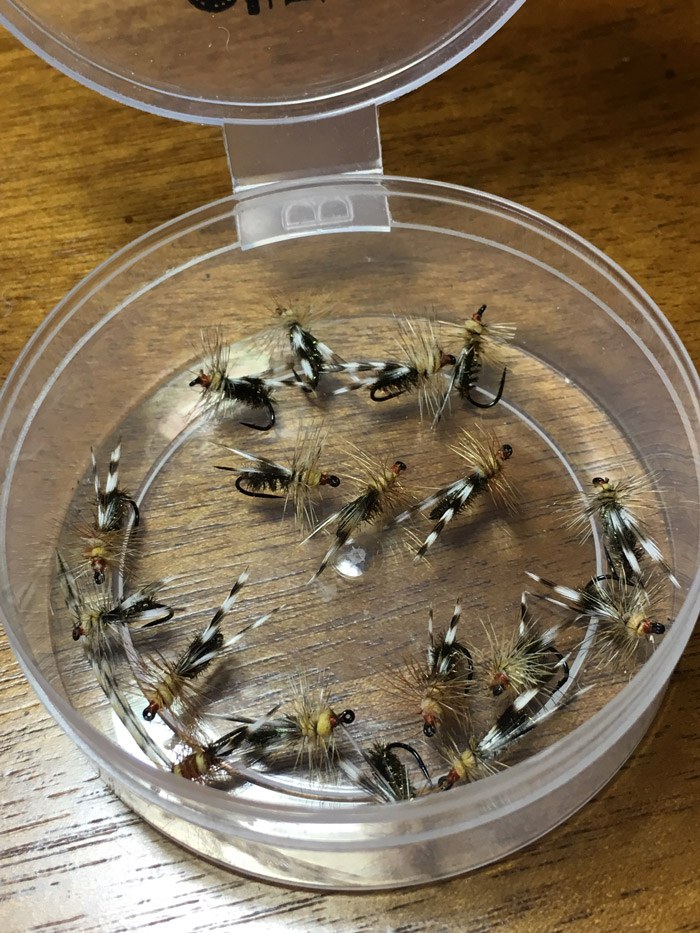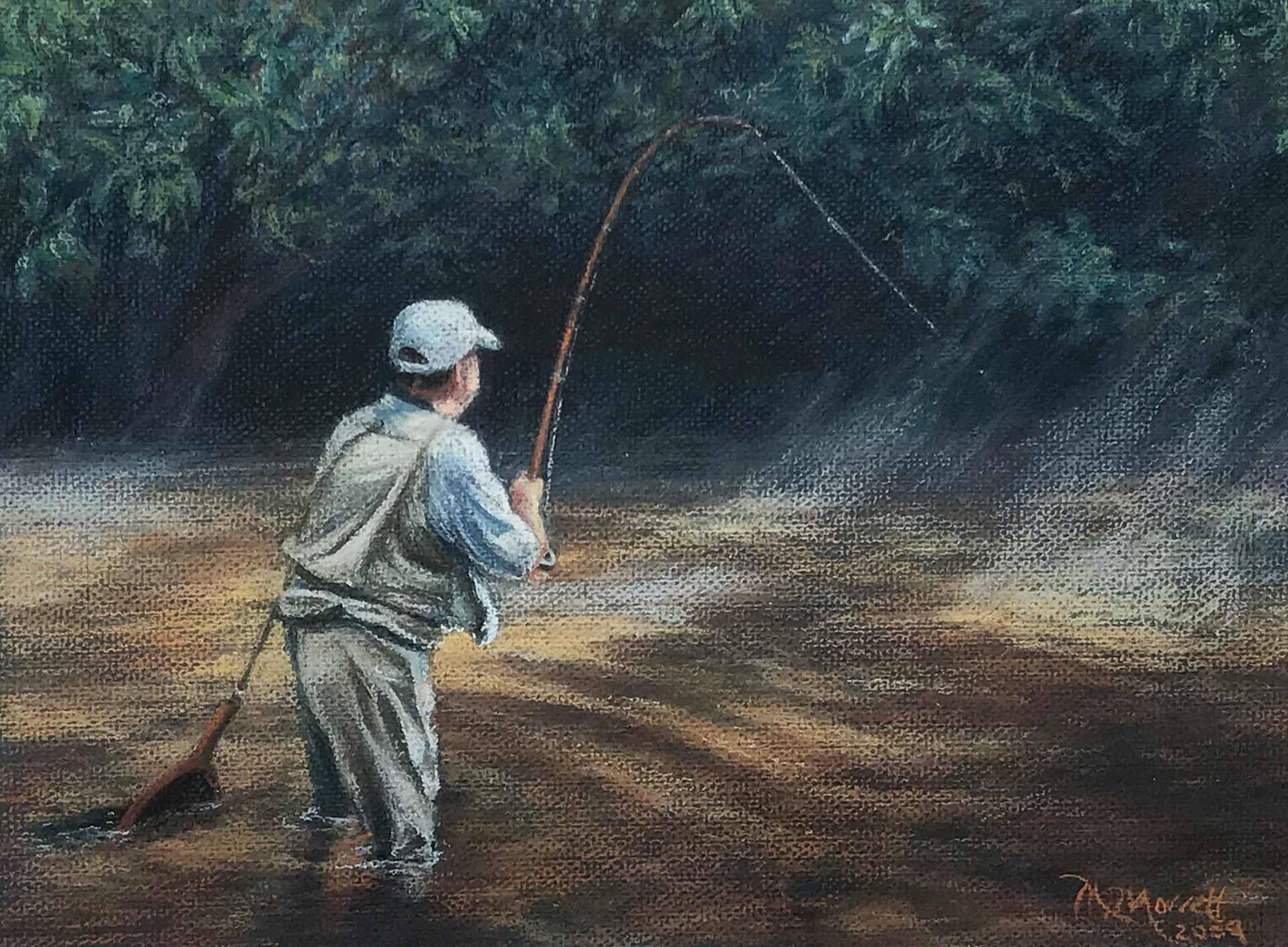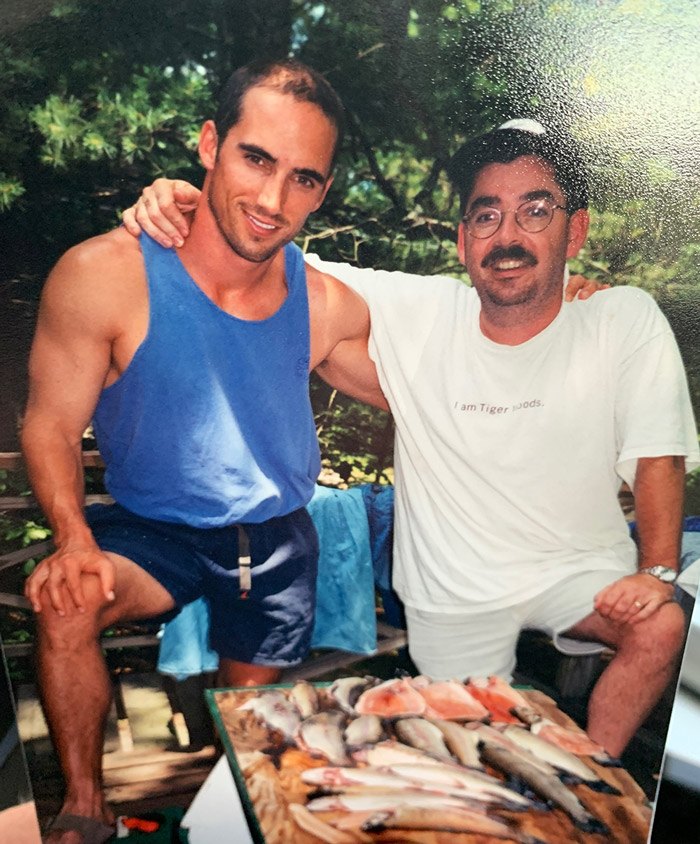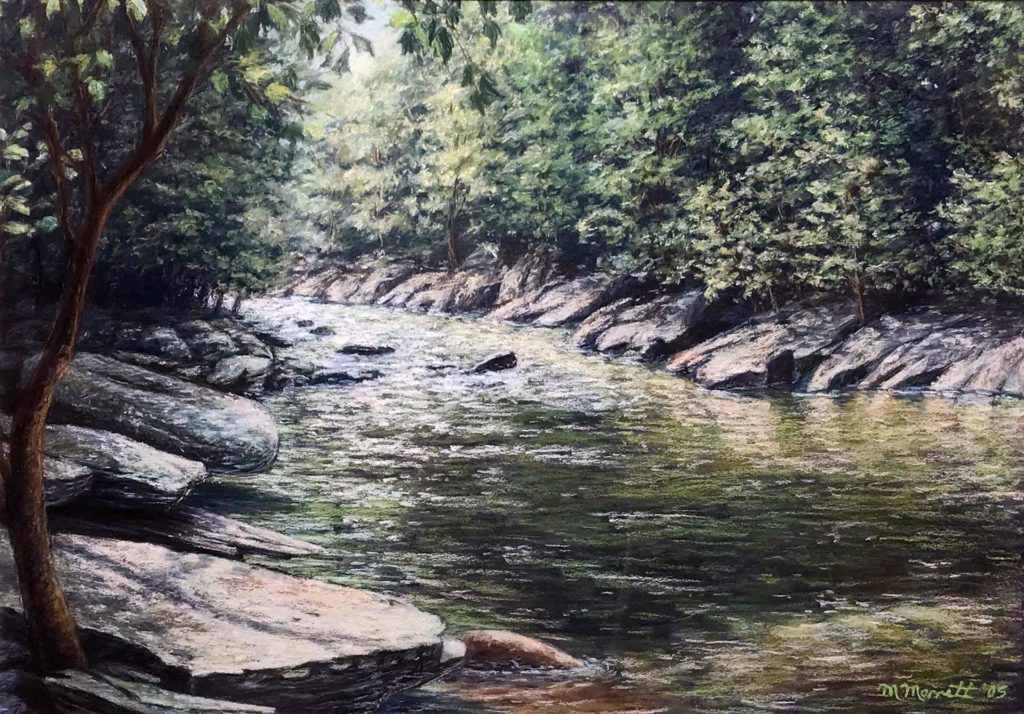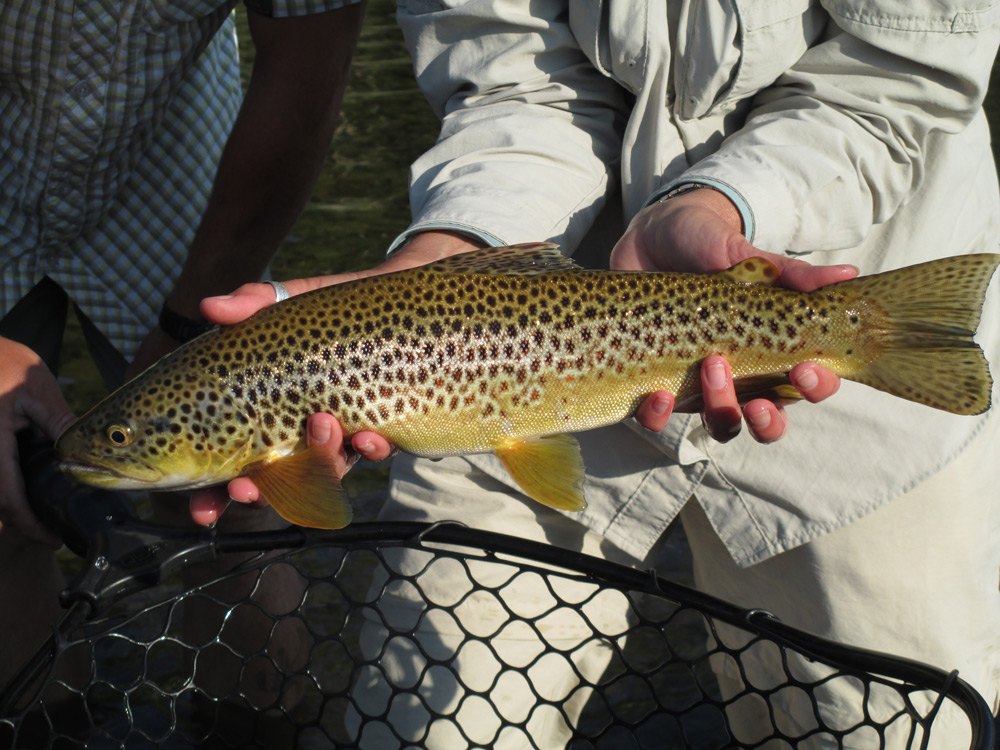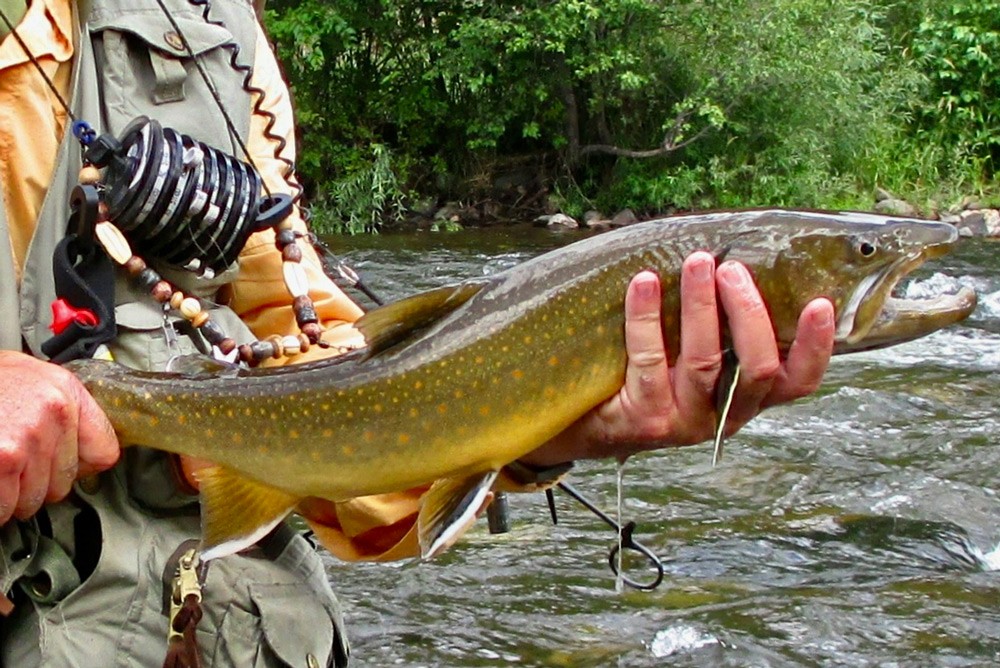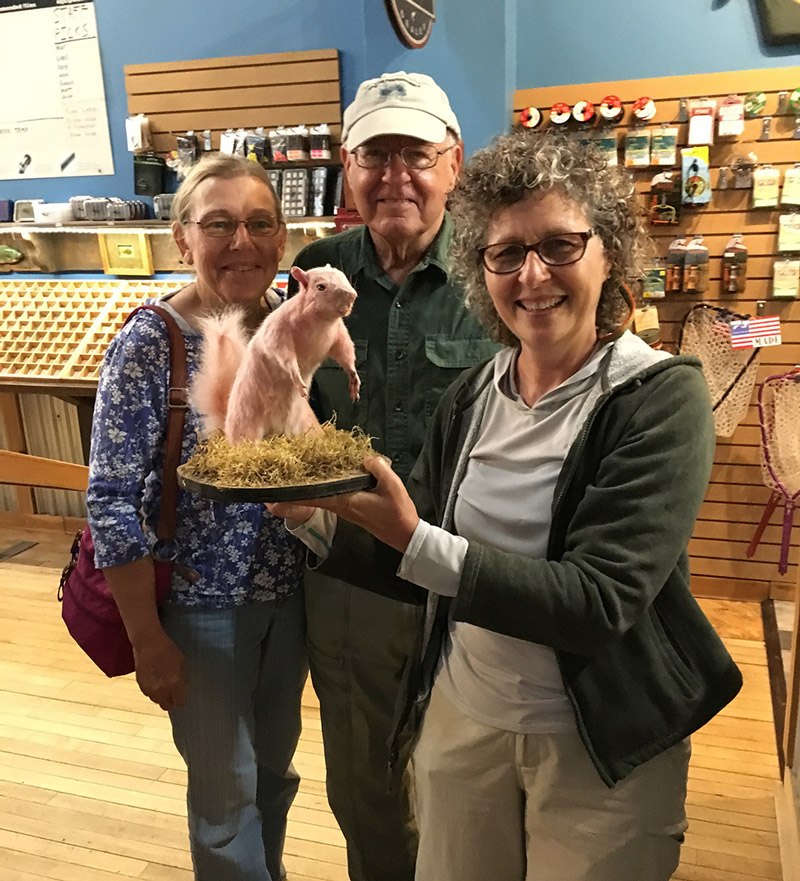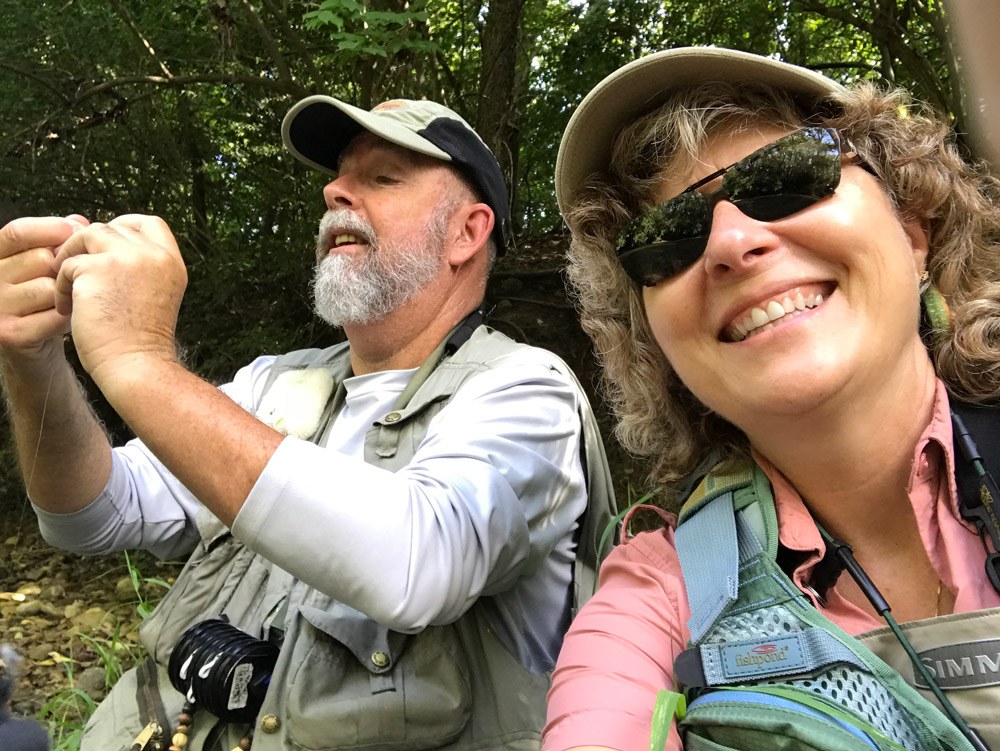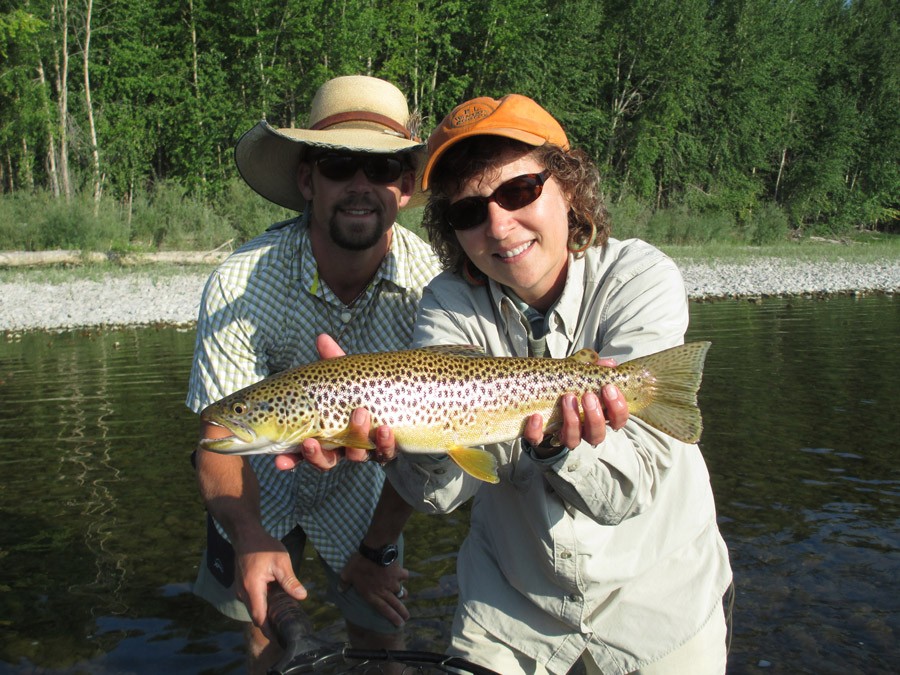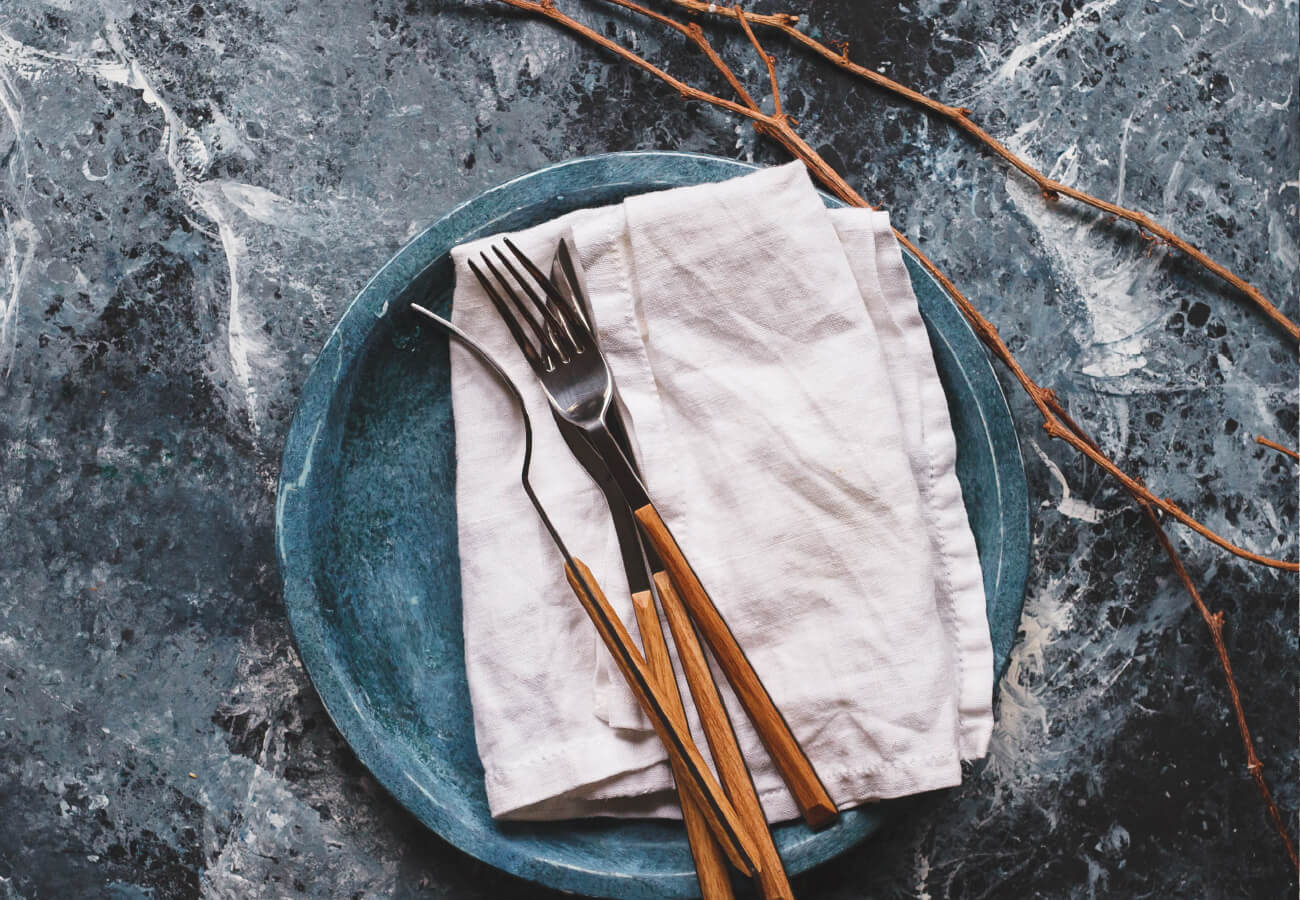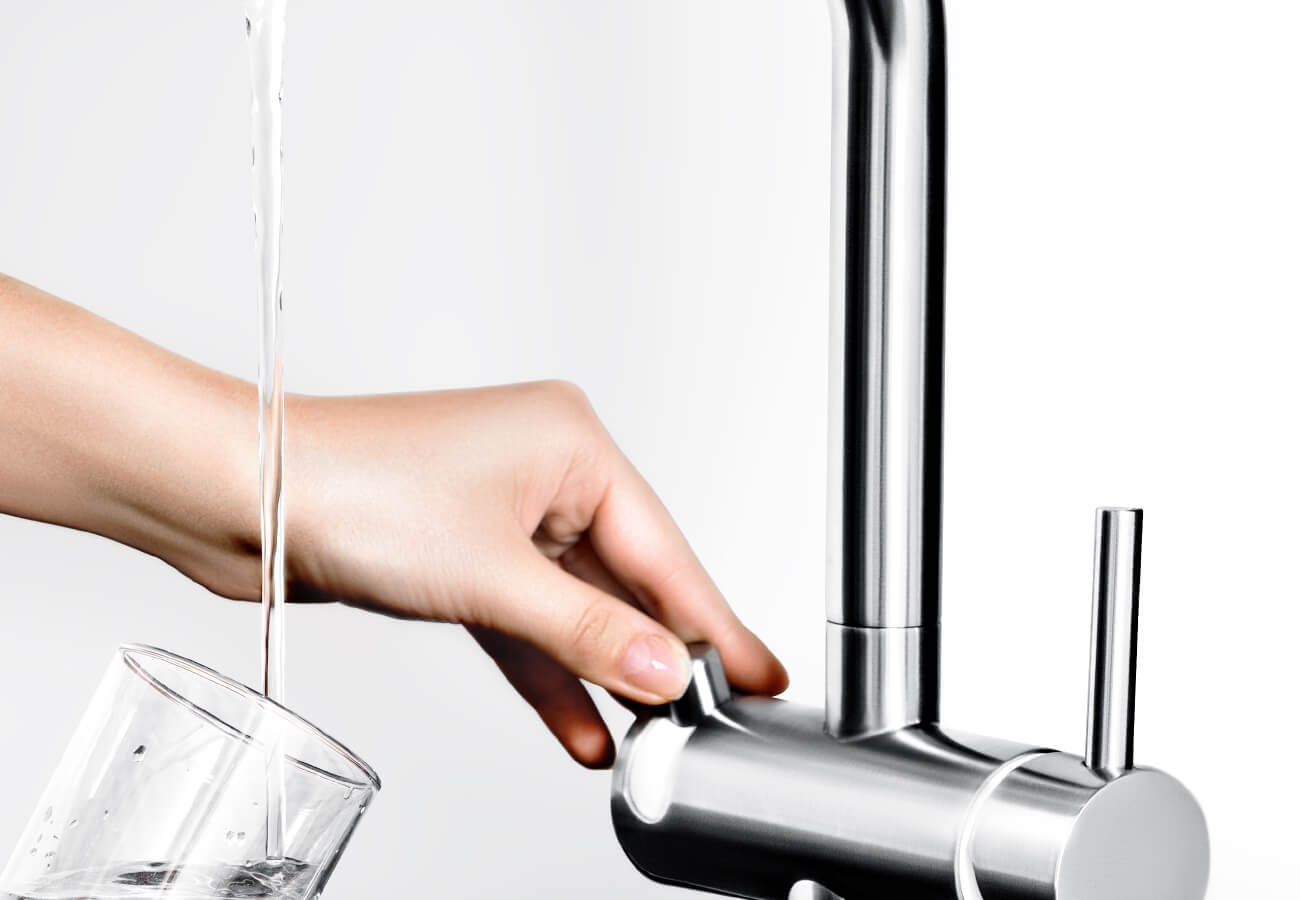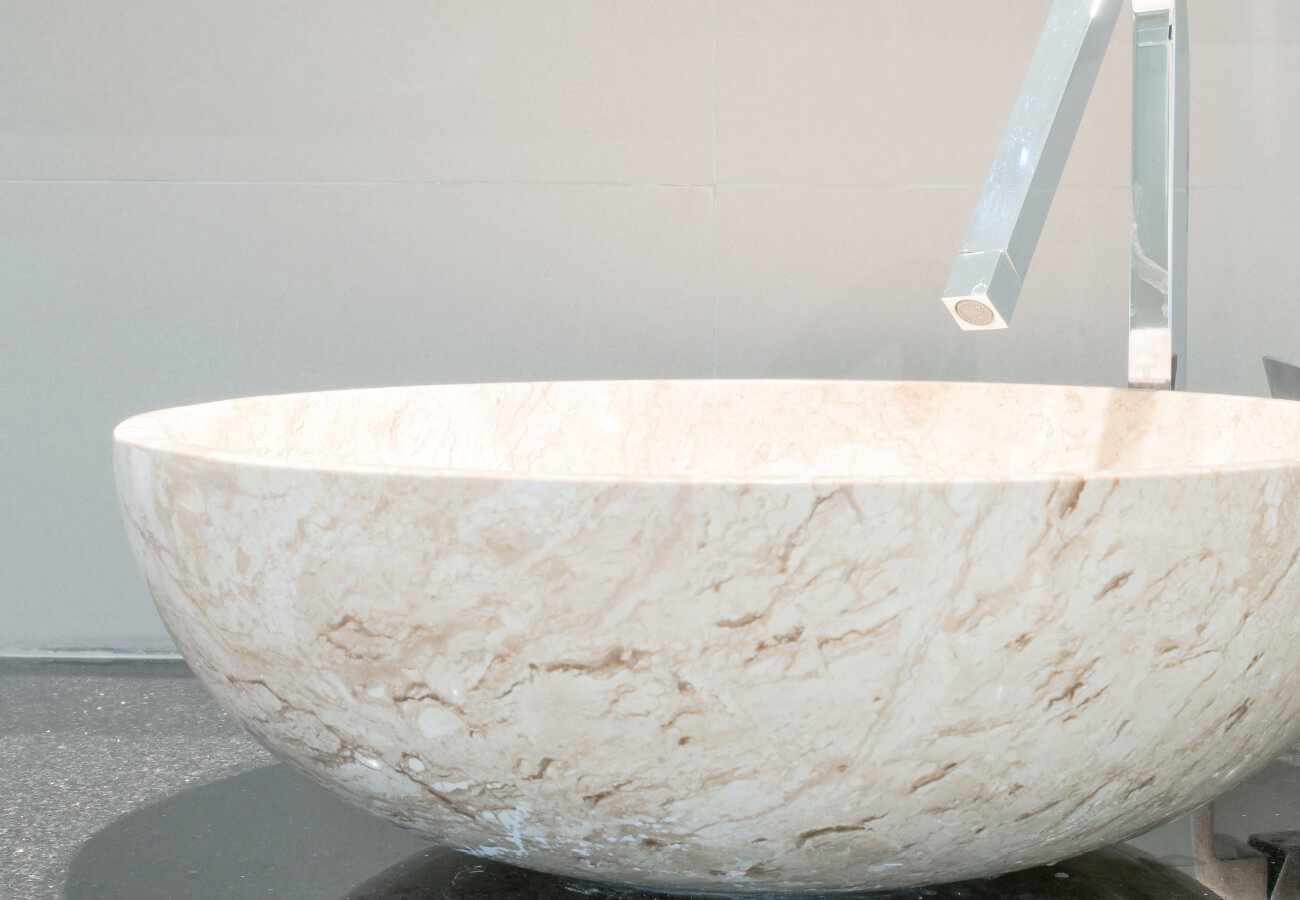Ohio Winters
The Winter here in Ohio has been tough to get through in regards to dry fly fishing. Lately, very few days have found their way above the 40 degree threshold which is our first indicator as to whether to break out our expensive underwear and head to the river. The second part of the equation is water condition. Home waters on the Mad have been pretty much low and clear since the Fall. Due to very cold temperatures, any precipitation has been in the form of snow that has stuck around since January. That being said, we had a few days in the 40’s and I believe we took every opportunity possible and found success plying the tactics that Buck and I laid out in our article that was included in the Winter issue of Matt Supinski’s Hallowed Water Journal. Small Blue Wing Olive cripples and emergers with a few Griffin’s Gnats did the job on any risers we spotted.
March has brought not only warmer temperatures with high hopes for Mayfly hatches coming soon but also snowmelt that can foul up the water overnight. This happens every early Spring in Southwest Ohio and is just part of the deal. The down time has allowed me to fill up my inventory of flies for Spring and early Summer. Every fly I have tied over the last couple of months has been crafted with the image of a beautiful trout breaking the surface and slurping my imposter. That kind of focus makes every fly I tie of utmost importance to me. I get a real rush when the plan all comes together whether it is on the end of my line, a friend’s, or a client’s.
I do thoroughly enjoy sitting at my fly tying desk with a cup of coffee and our Trout Bum Miniature Schnauzer “Willow” napping somewhere close at hand while the snow plows clear the roads outside. Recently, I have developed a twitchy casting arm and an adventure to the mountains of North Carolina seemed like good medicine. Luckily, my partner Andy Baker, also co-founder of CreativeFuse, has his home office nestled in the mountains near Columbus, North Carolina surrounded by beautiful southern trout streams just waiting to be explored. Road Trip!
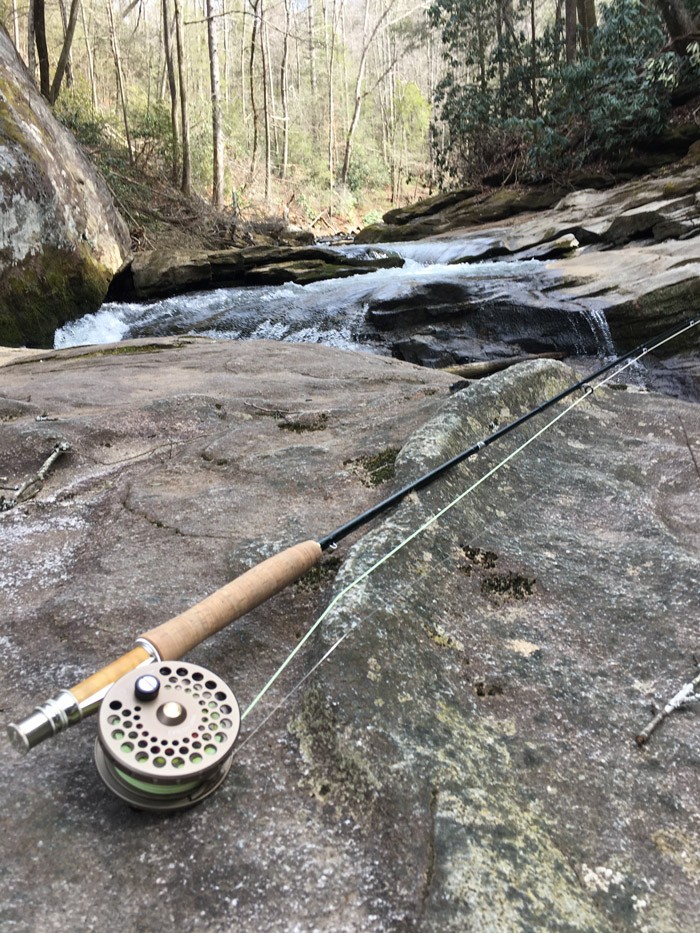
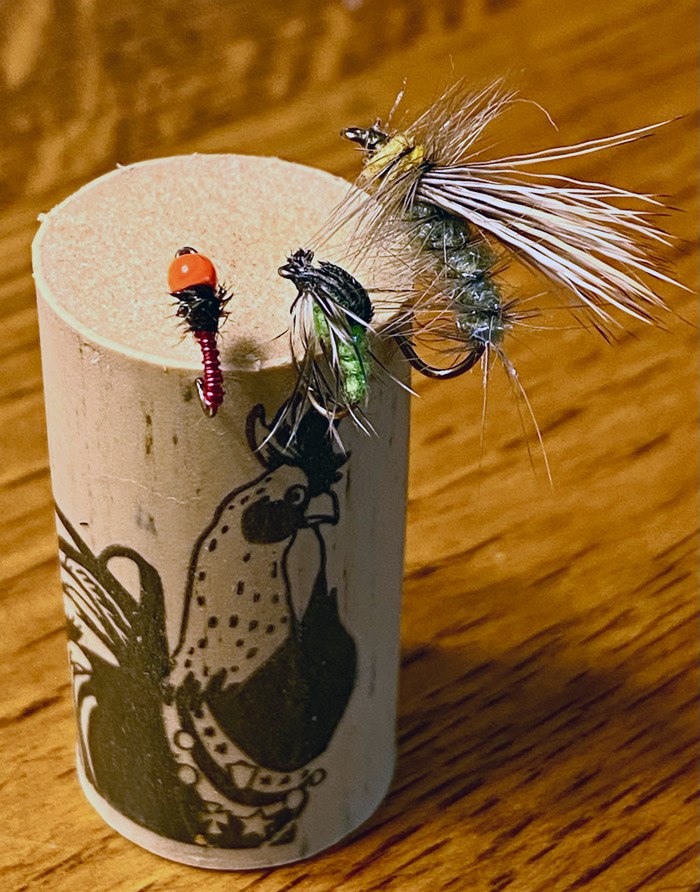
Mountain Tribs
Although the main streams in the lower sections of the mountains had just recently been stocked, that was not what we were after. Andy had been scouting tributaries on his regular hiking trips around the area with his young family. I must admit, it was a nice change to show up with a fly rod in my hand and my guide ready to go to spots he had circled on his map. The only question was whether the old man could traverse the areas he had picked out. Steep climbs and descents around and over large slippery boulders, waterfalls, and rhododendrons were the theme of the trip. With this writing, I am happy to report that I can still get around well enough to keep up with the youngster. However, three days removed from the trip, I can just now go up and down our stairs without loud groans stemming from a sore lower back and tight hamstrings. Truthfully, I have asked myself if searching for and finding tiny wild trout was worth the effort. The answer is absolutely yes! The experience and the memories that have been etched in my mind are priceless.
We were able to find exactly what we were looking for and with temperatures topping out in the low 60’s, the hike was as comfortable as I could have hoped for. The clear cold headwaters coupled with the surroundings were like an image from a travel brochure. Every plunge pool and small slick run formed since the cradle of time held the jewels of the mountains, wild trout. Remaining hidden from the wild rainbows while stalking our prey was of utmost importance. In order to maintain proper drifts while hiding behind large boulders, I chose to use my 9 foot 4 weight Winston GVX Select rod with 12 feet of leader which allowed me to keep the fly line off of the water on most occasions.
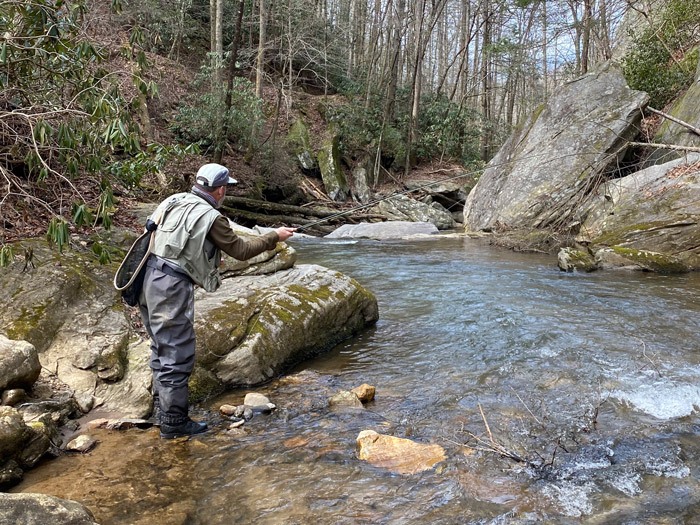
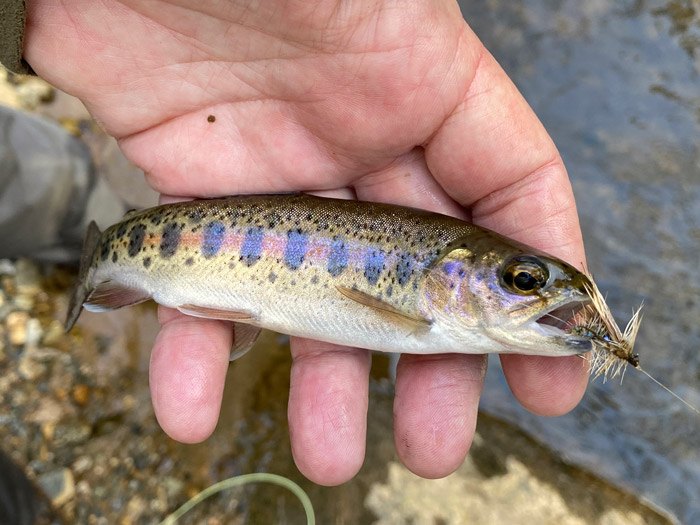
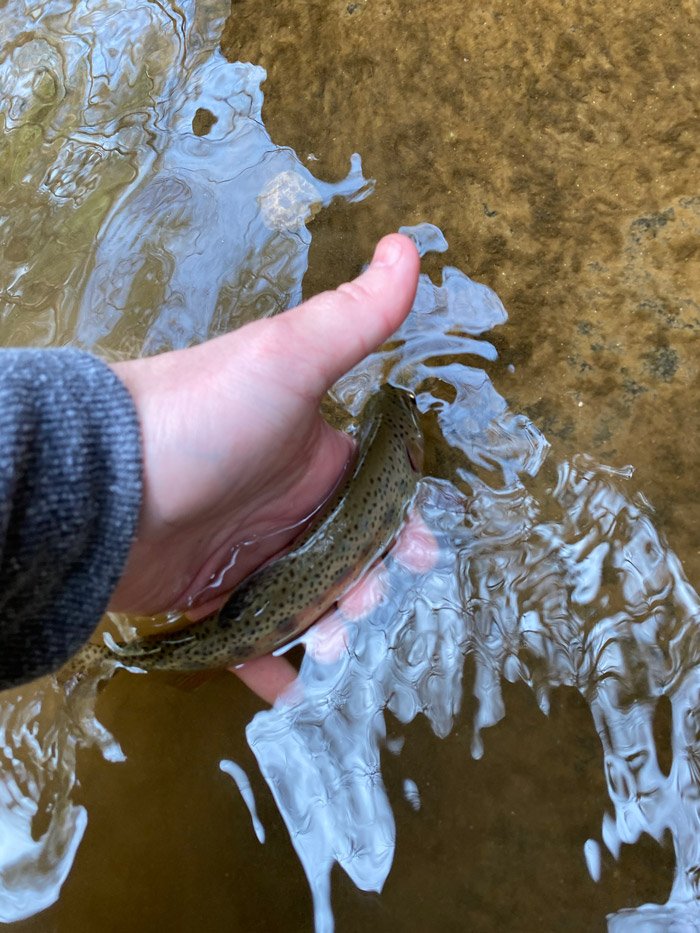
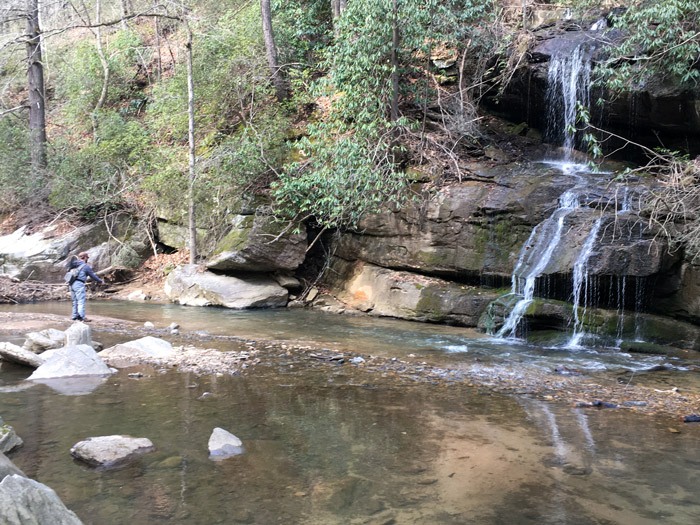
In regards to fly selection, it was pretty much an educated guess. We rigged up two different types of presentations and we were able to find success with both throughout the day. A Mattress Thrasher in size 14 tied with an Olive UV dubbed body seemed right as an attractor pattern for the top fly. The dropper I chose was a fly that has saved many trips on various types of water, the “Little Red Bastard”. The fly got its name from requests from fellow fly fishermen “ you got anymore of those little red bastards?” The fly is pretty simple to tie, size 18 midge hook, red brassie wire body, peacock herl gills, and topped off with a fluorescent orange bead head. Don’t laugh, this fly has produced in at least seven different states that I can remember. My partner used a two nymph rig with a strike indicator to control the depth of the flies. A size 18 green Caddis larvae for the bottom fly seemed to be the trout’s favorite. I did find some natural green Caddis larvae under some rocks at the beginning of the day which means the trout were probably munching on these little morsels as they passed by in the biological drift of the stream. The great news was that we caught fish on all the patterns we chose and did not have to alter our plans in regards to pattern selection. That doesn’t happen very often in my experiences. At the end of the trip, Andy noted that while we were catching fish after fish, we had not lost or needed to change our flies the whole time. Though one of us did break off on the last cast. All said, I am not sure we could have had a better or more memorable day that didn’t include any kind of airlift or mountain rescue team. One definition, for me, of a successful mountain fishing adventure is to be able to walk out of the forest, find the truck, find the keys, then to drive home safely with no visits to the Emergency Room involved.
I am now back in the low country of the Miami Valley watching the creek rise as well as the temperature. Perhaps this will be the Spring when the Hendricksons start popping in late March and last all the way through April. It has happened before. Hope reigns eternal! As for now, the images of those Mountain Jewels will get me through.
